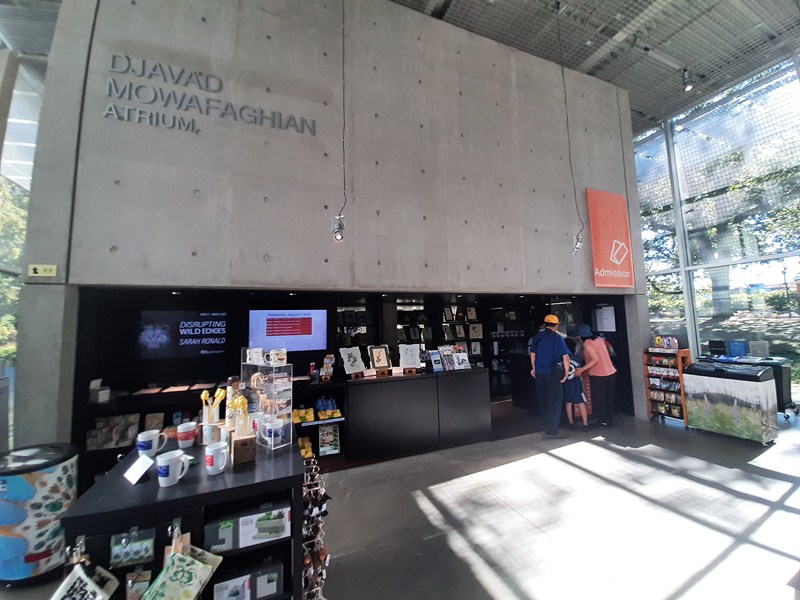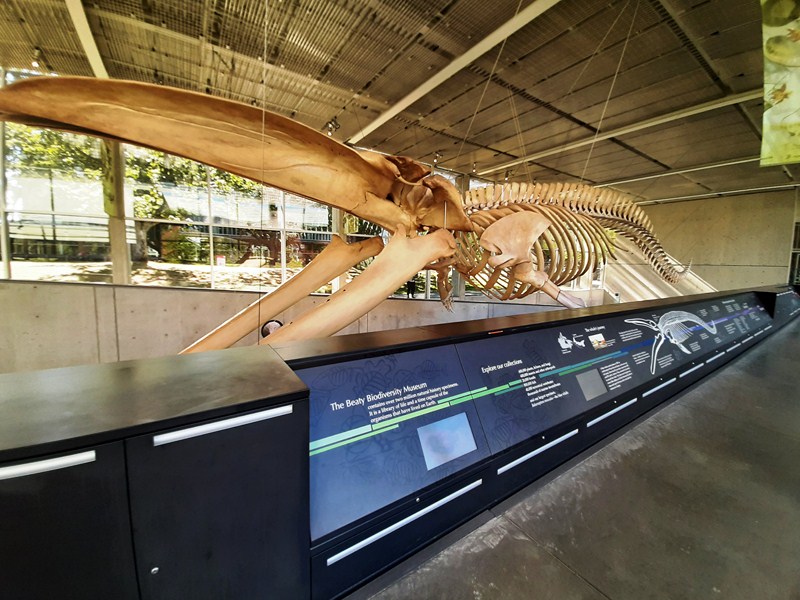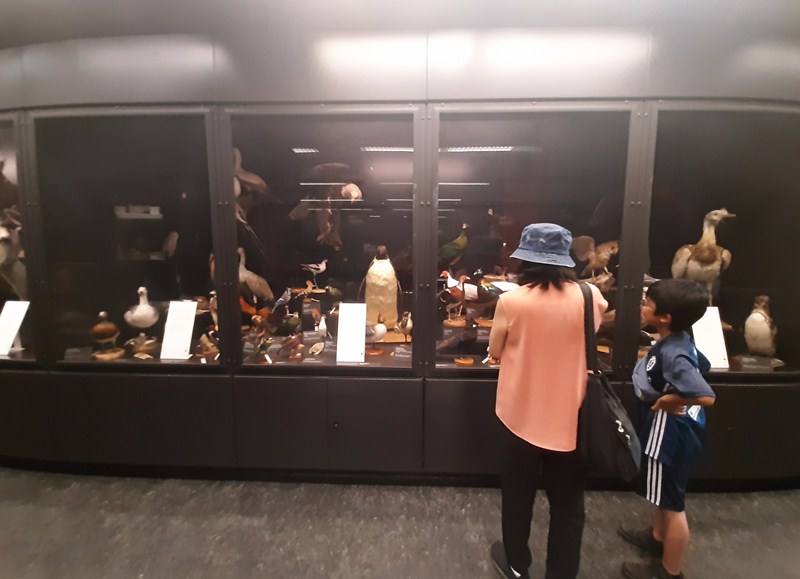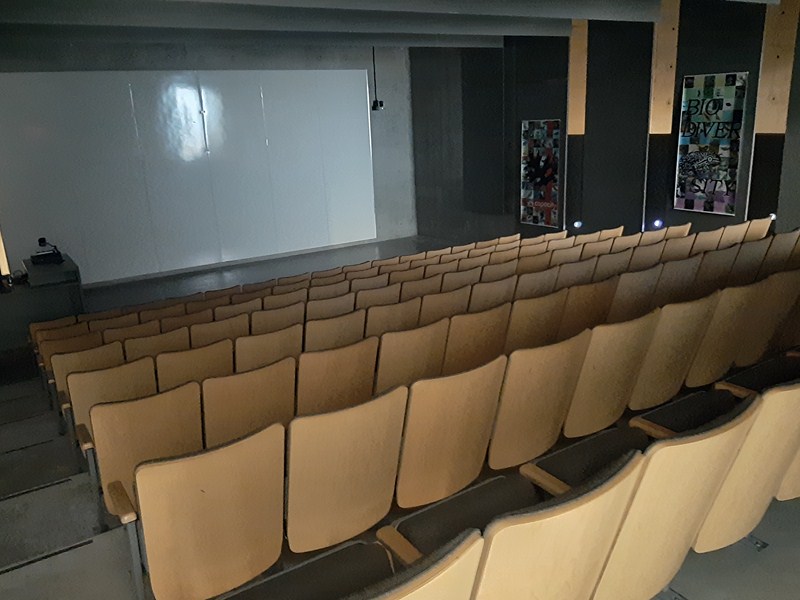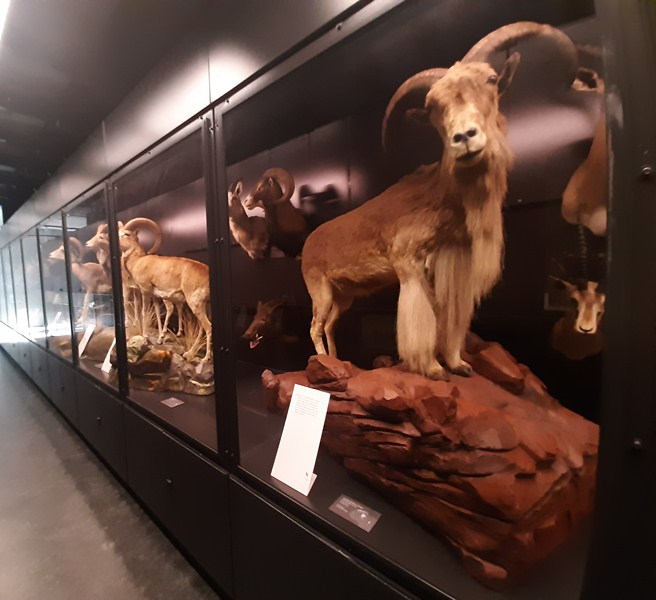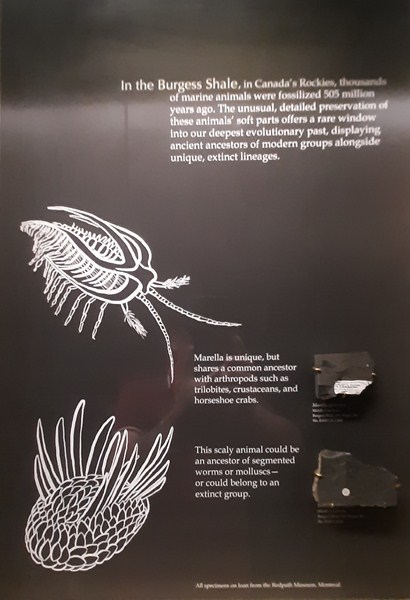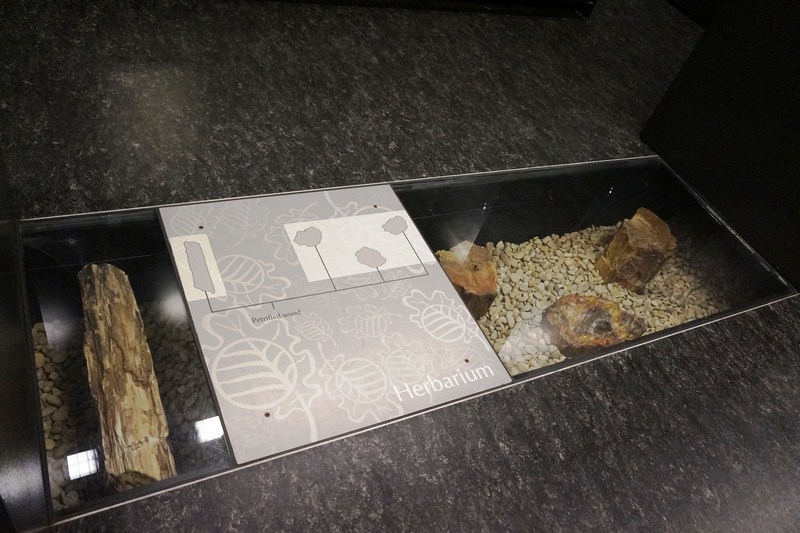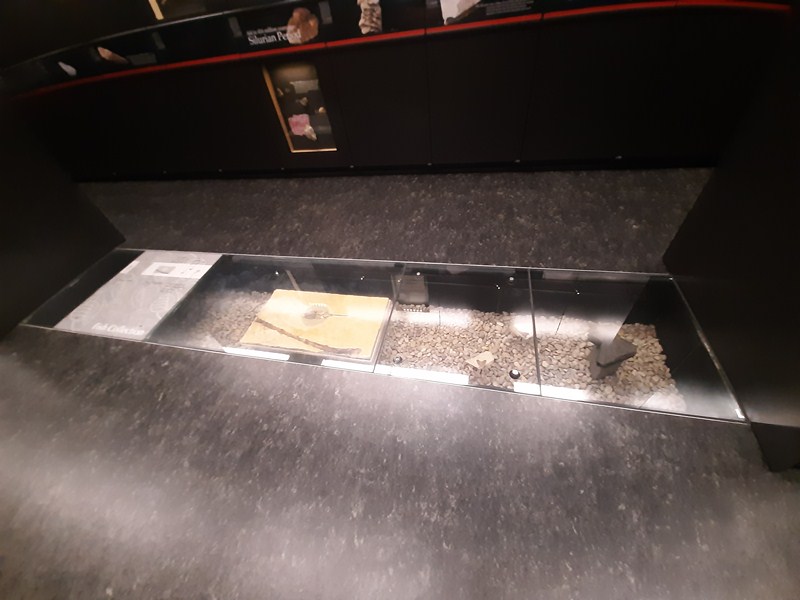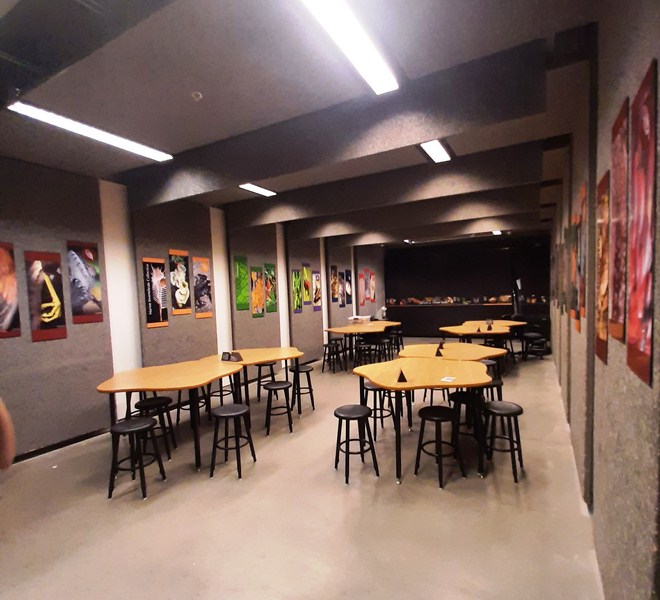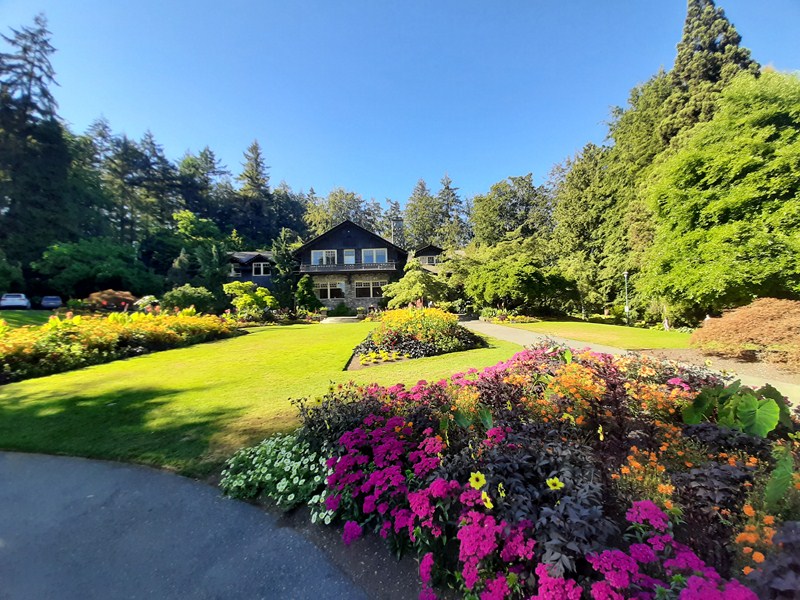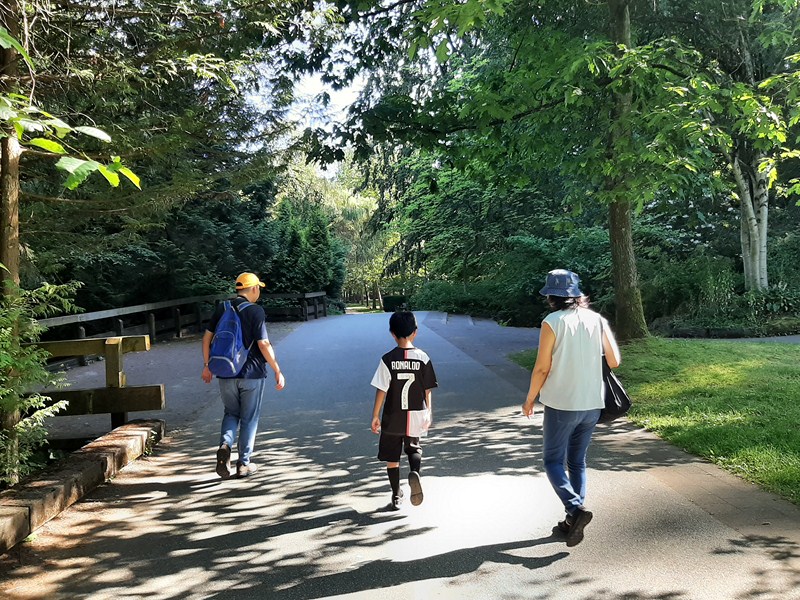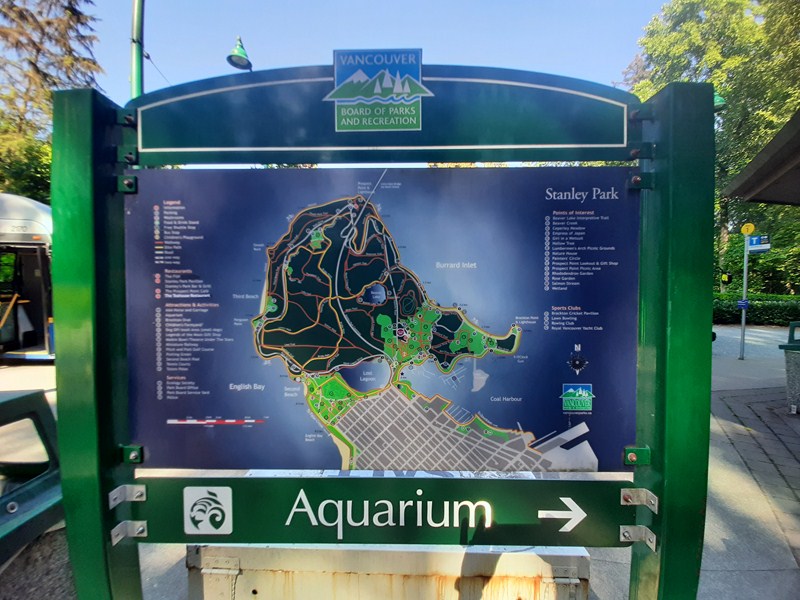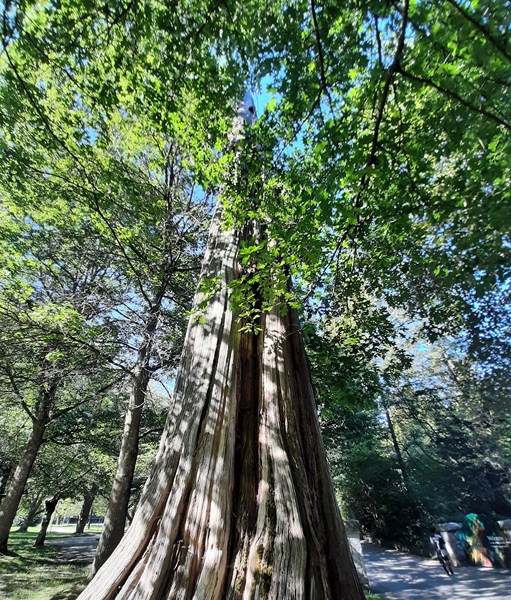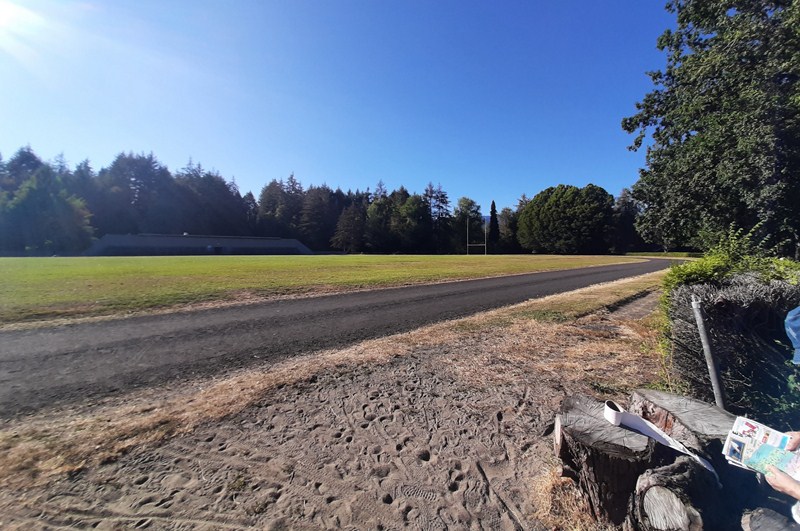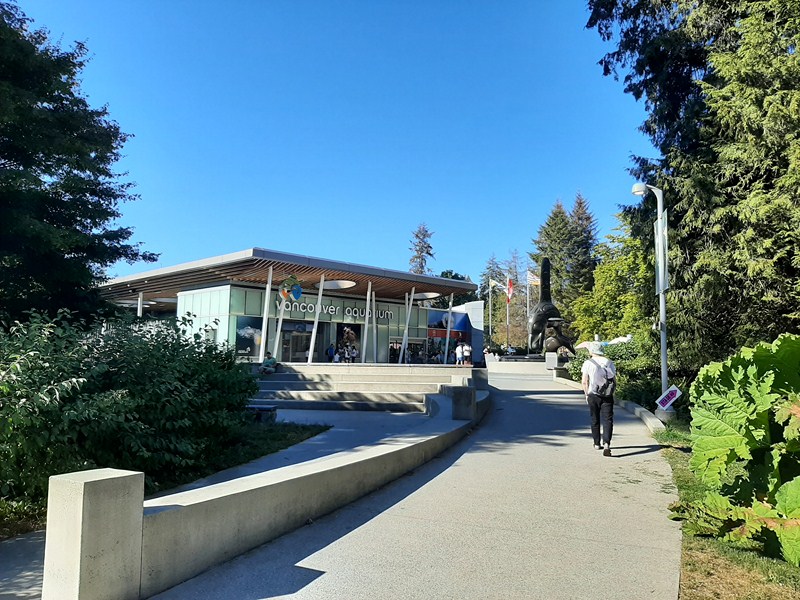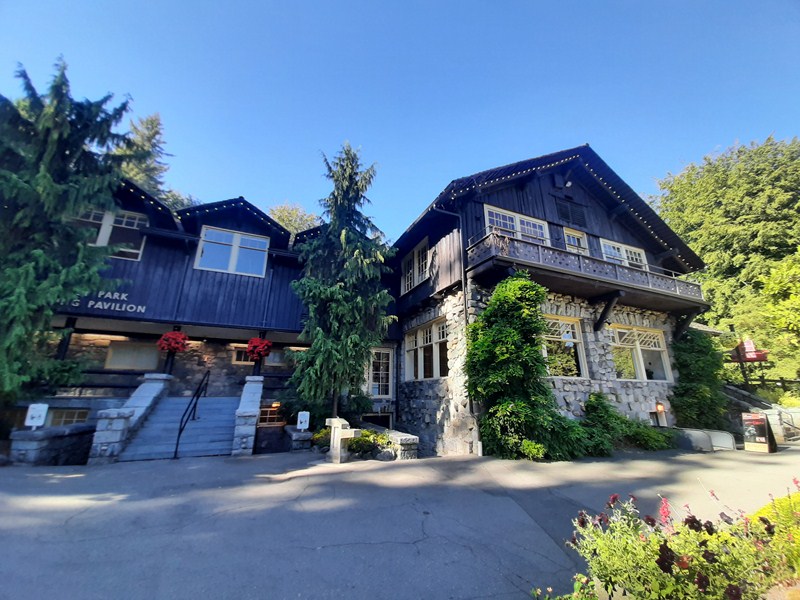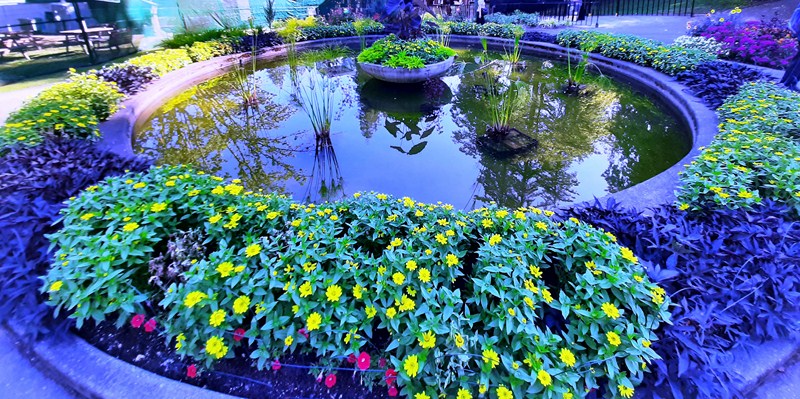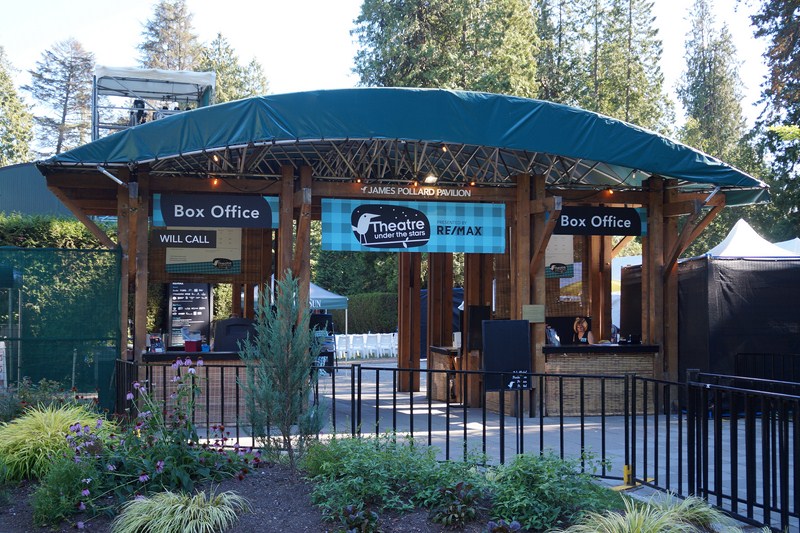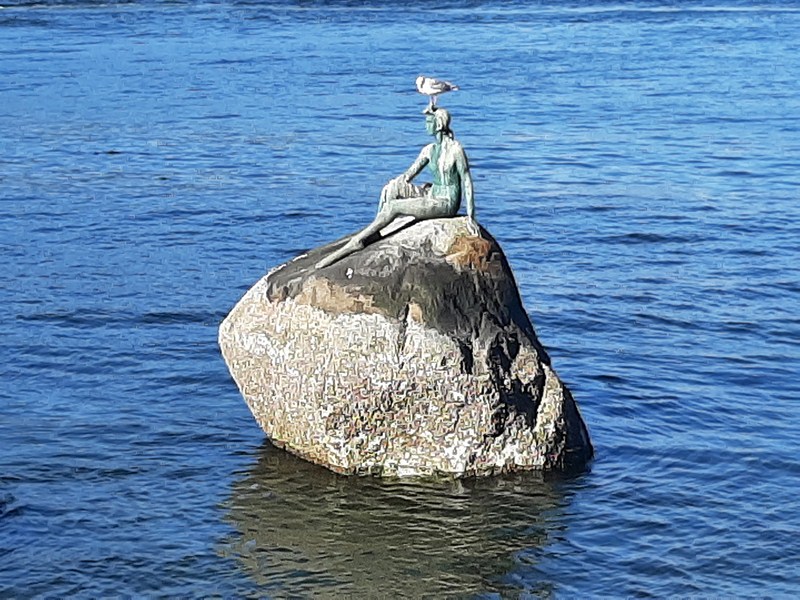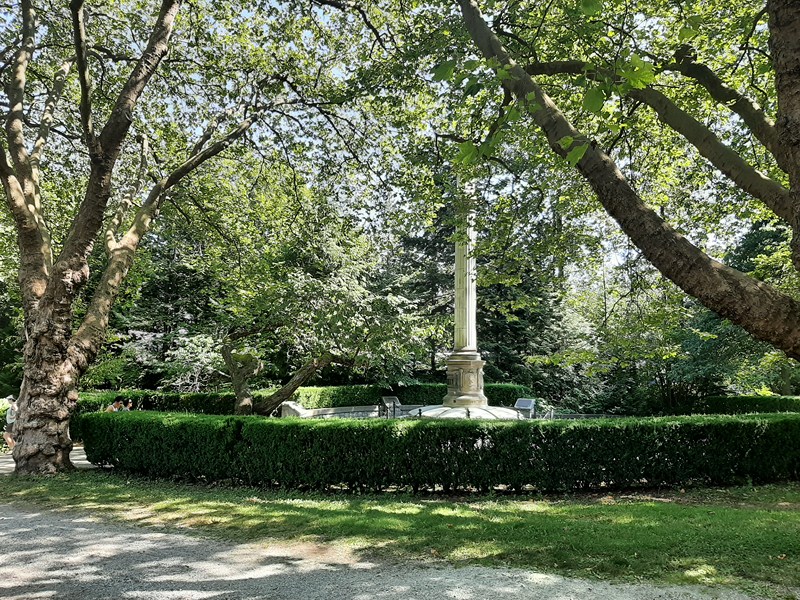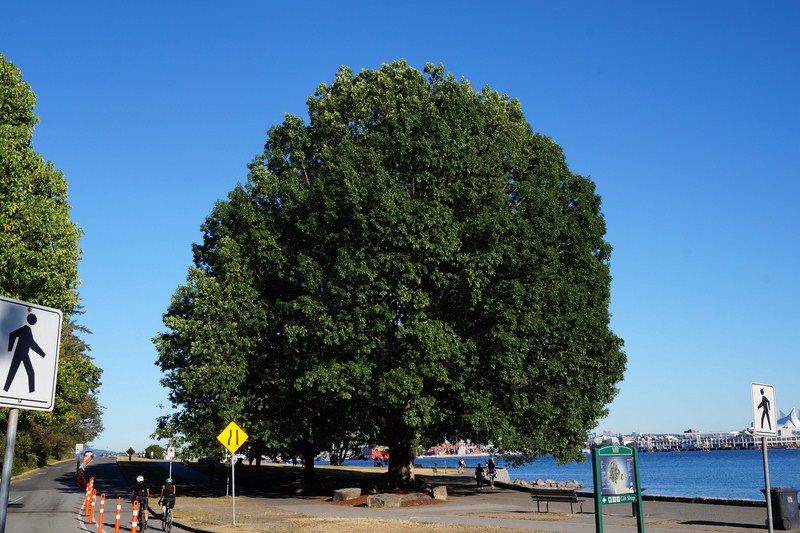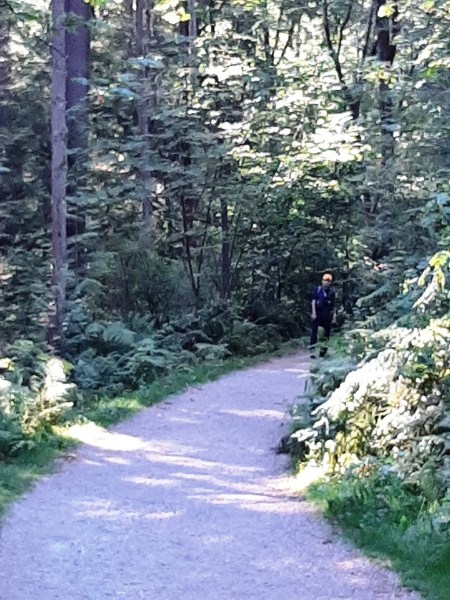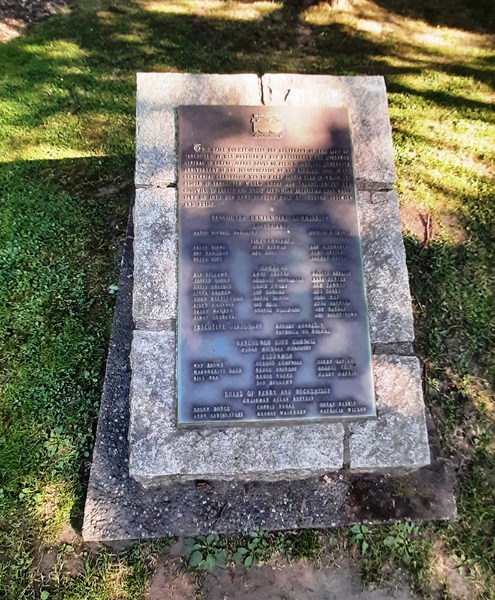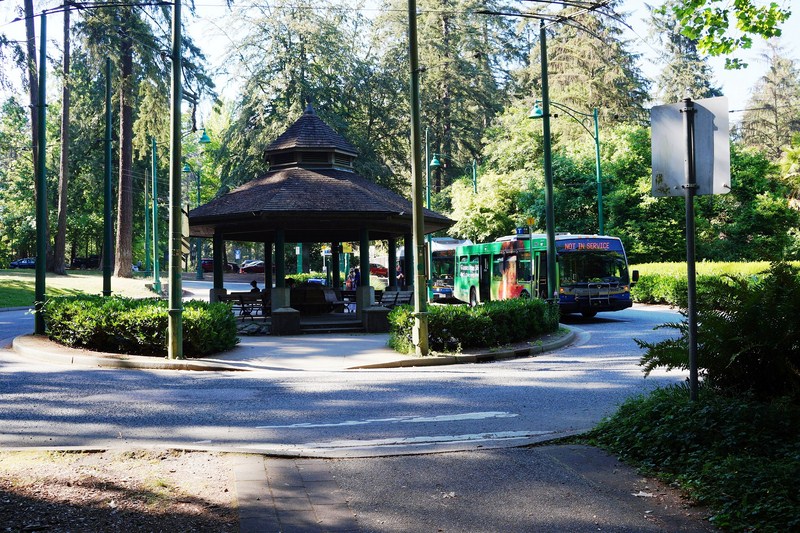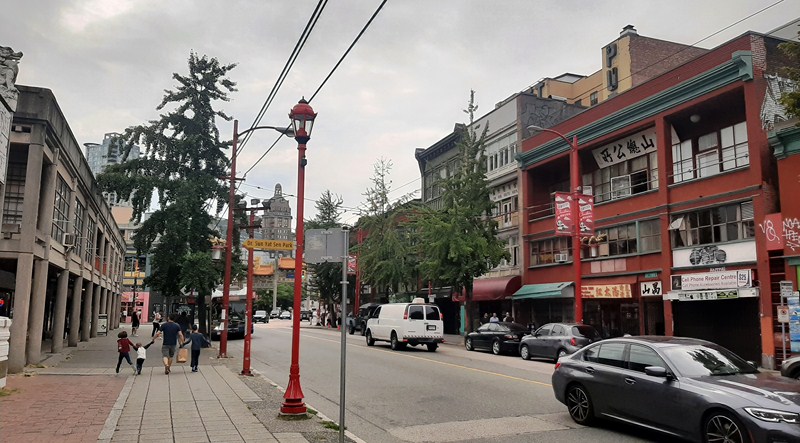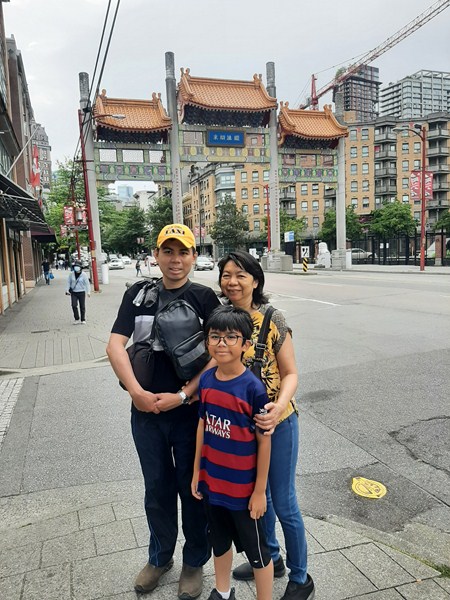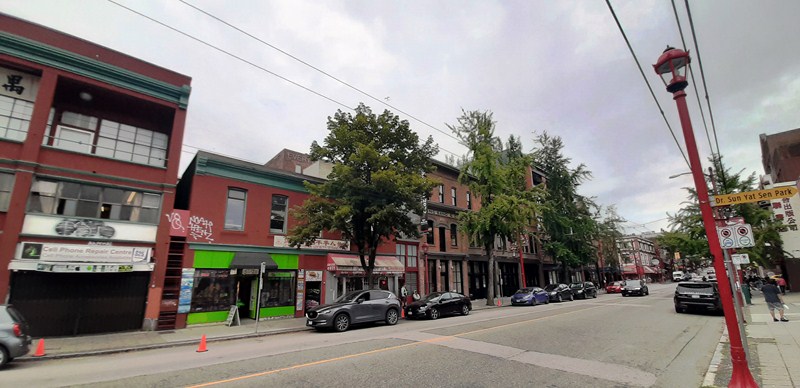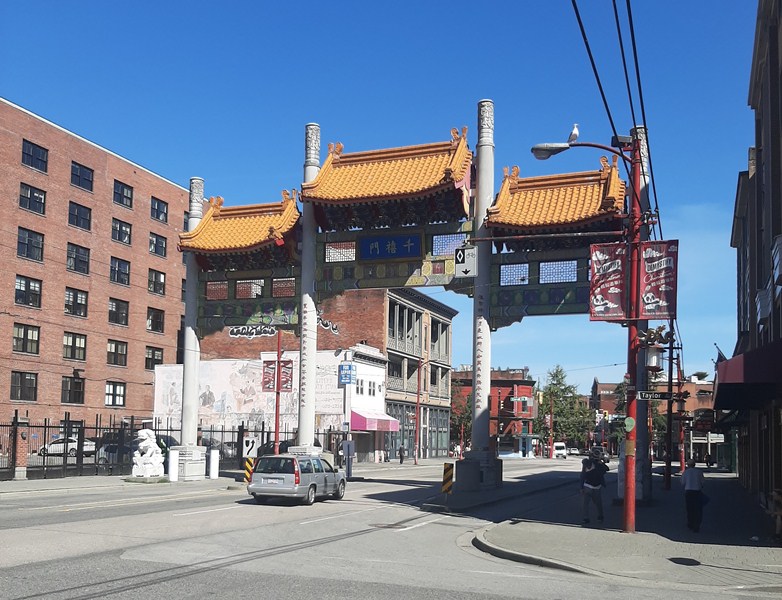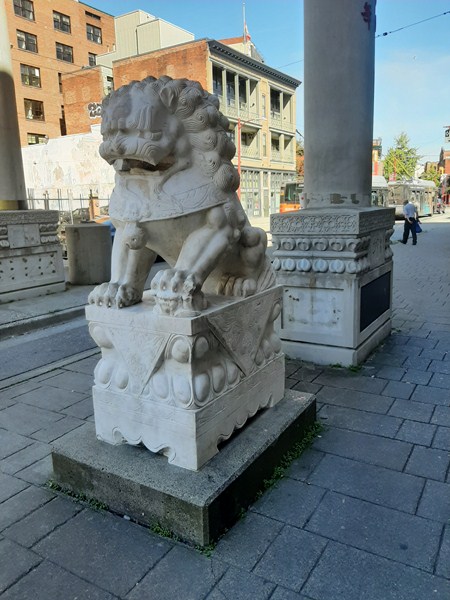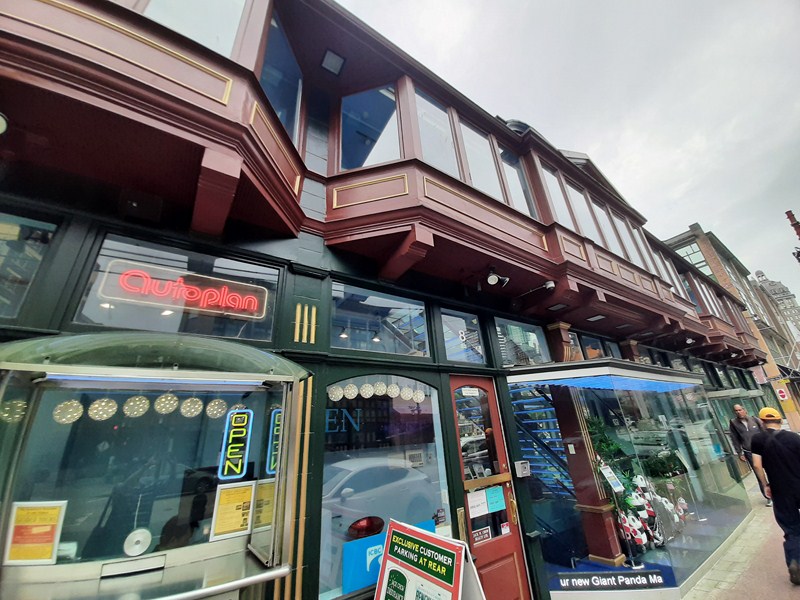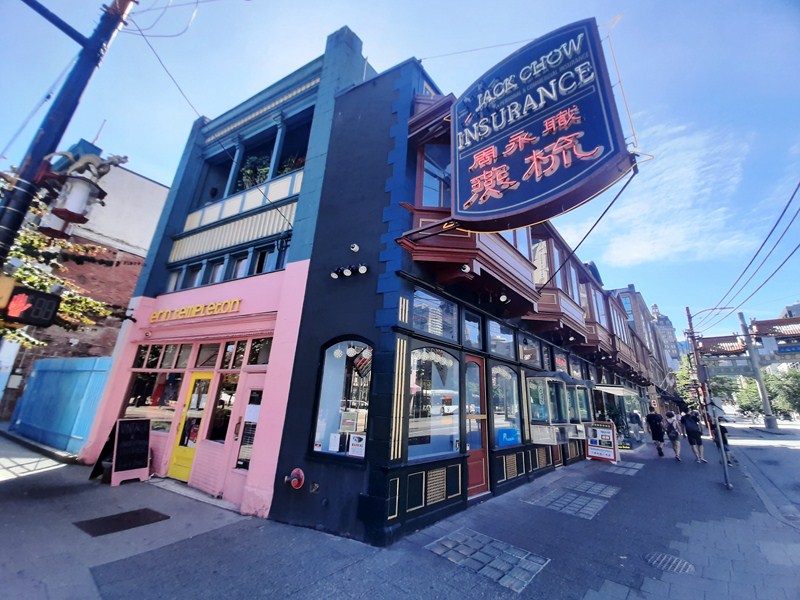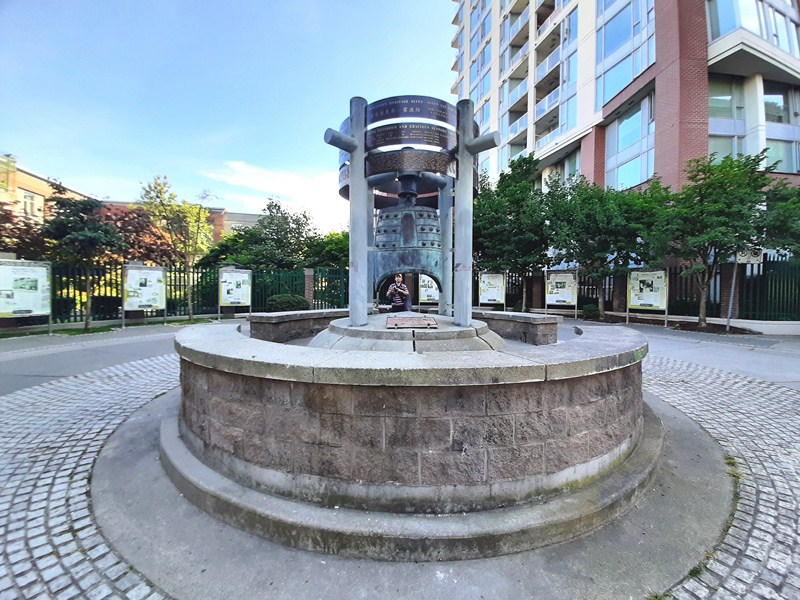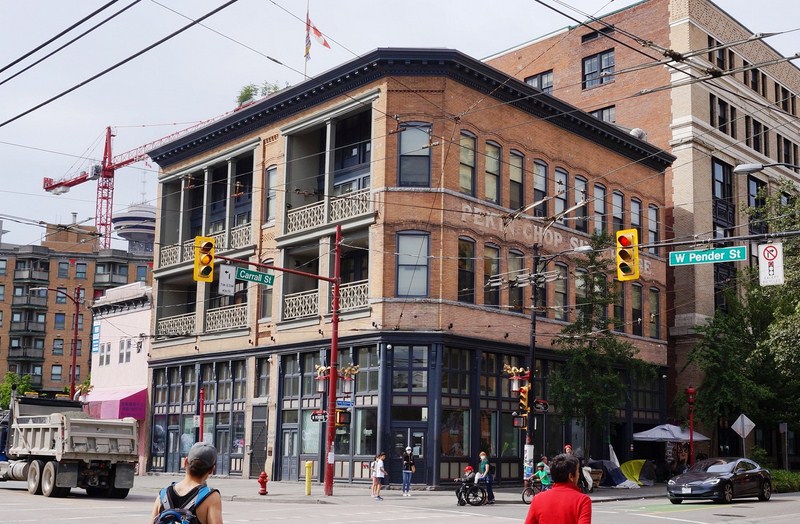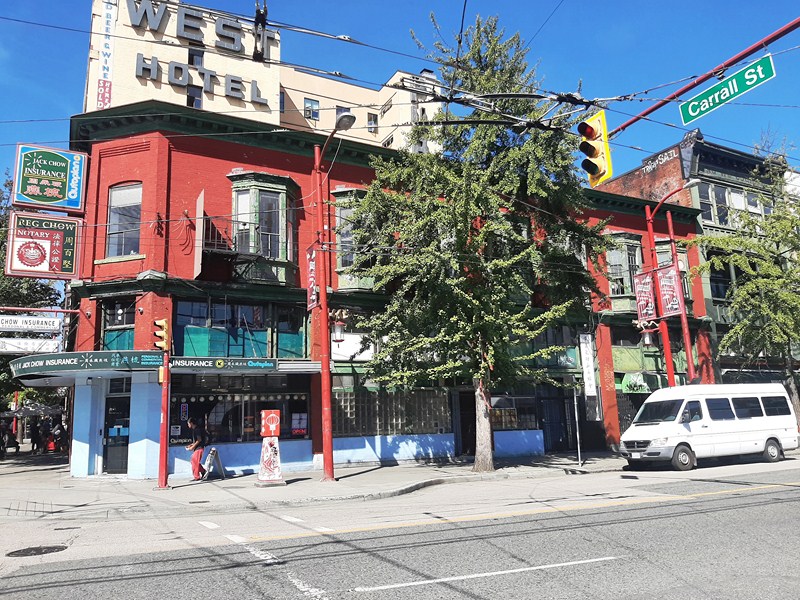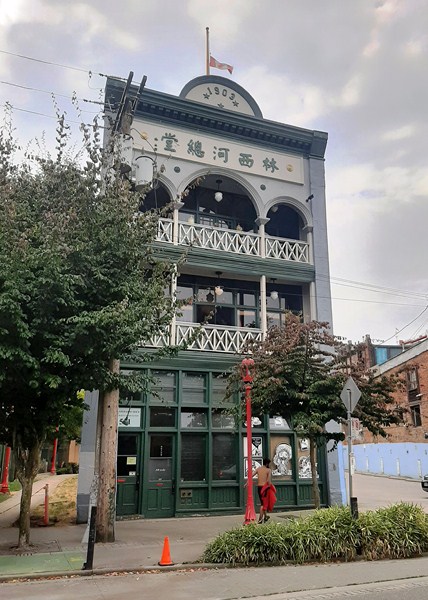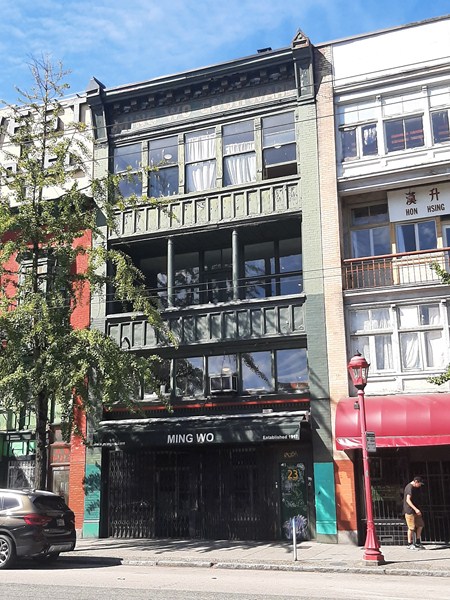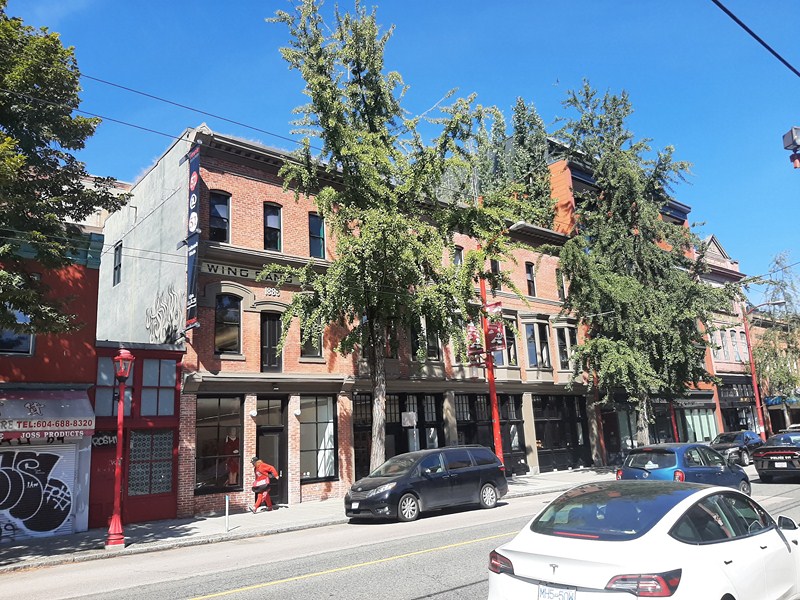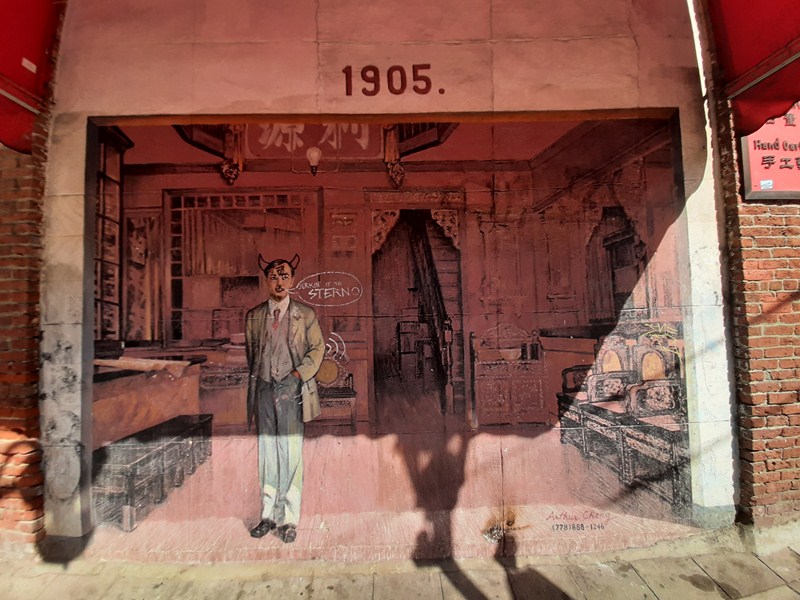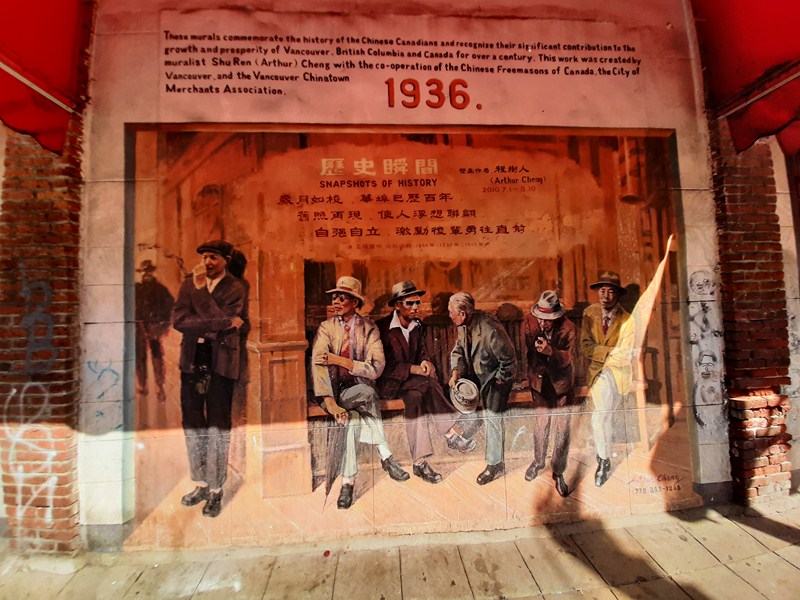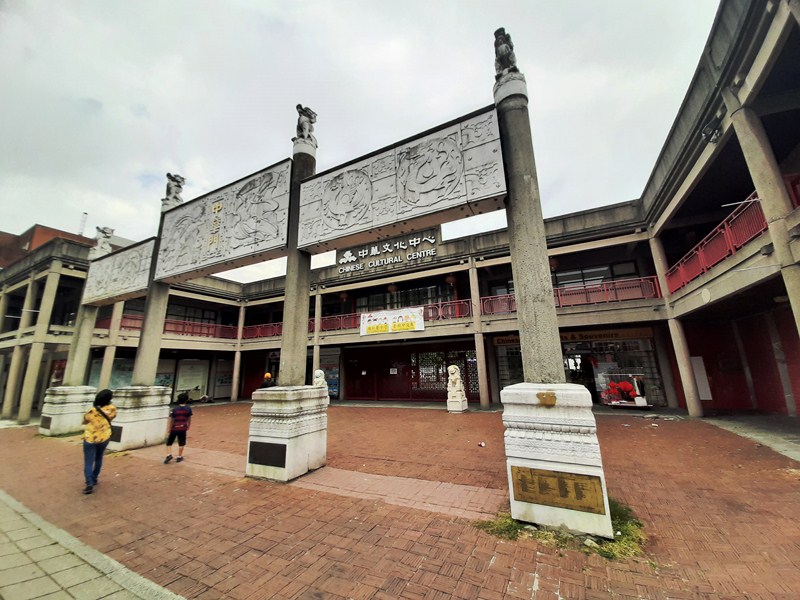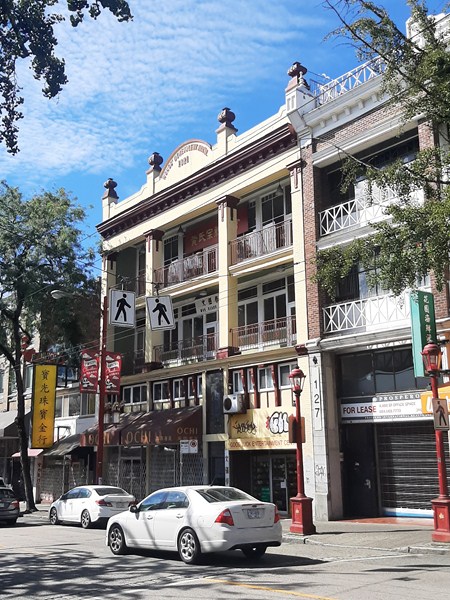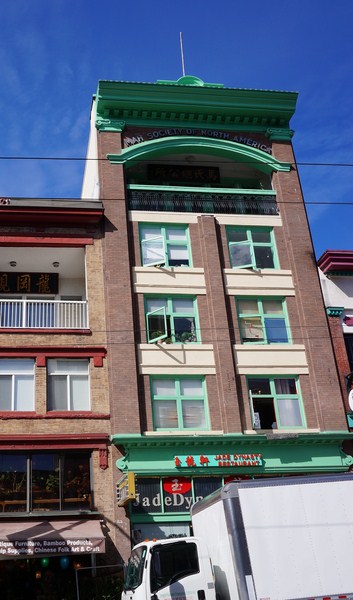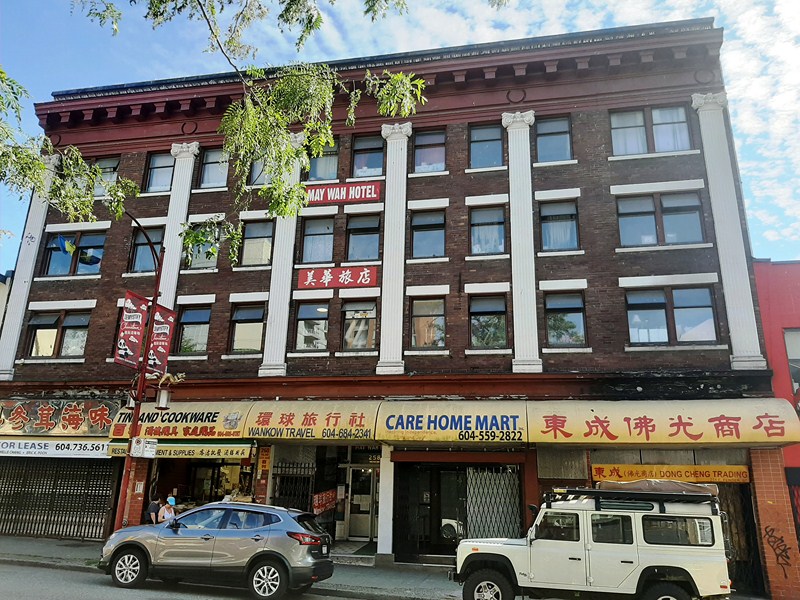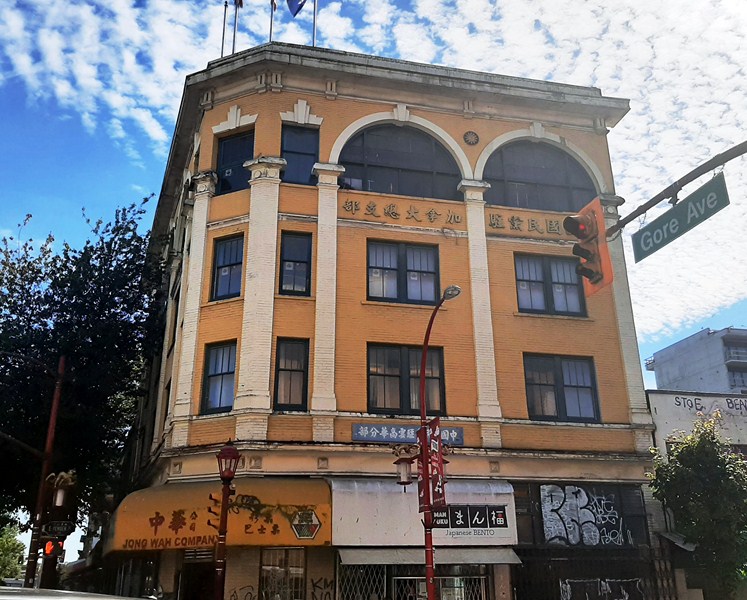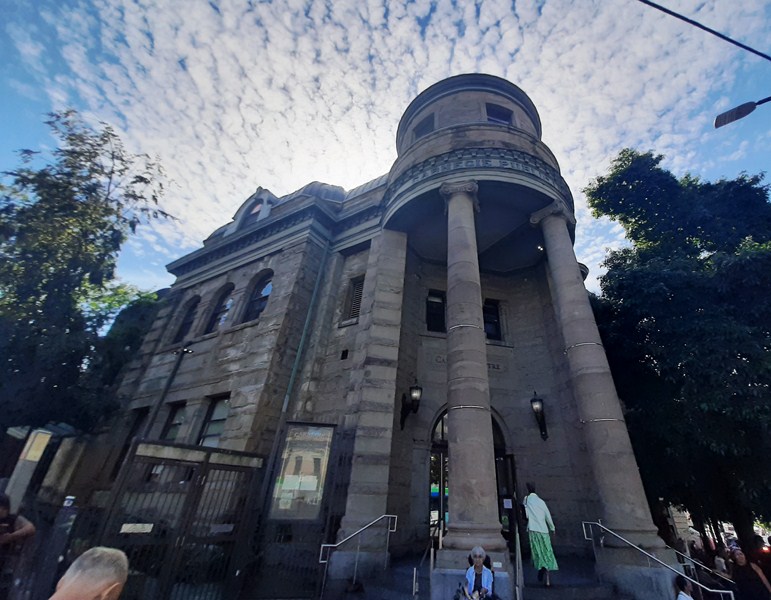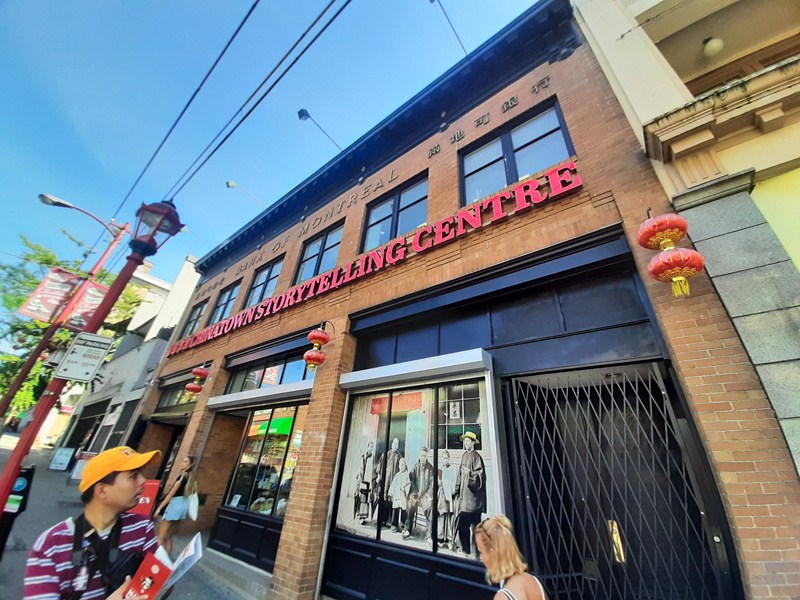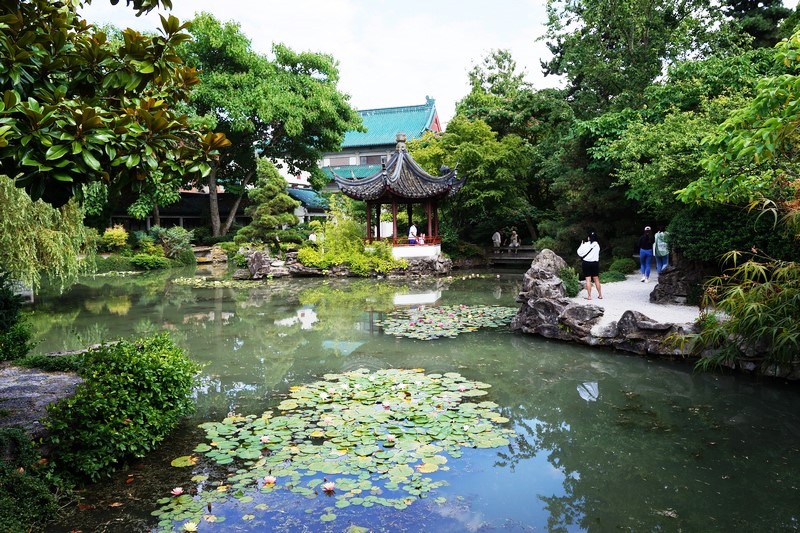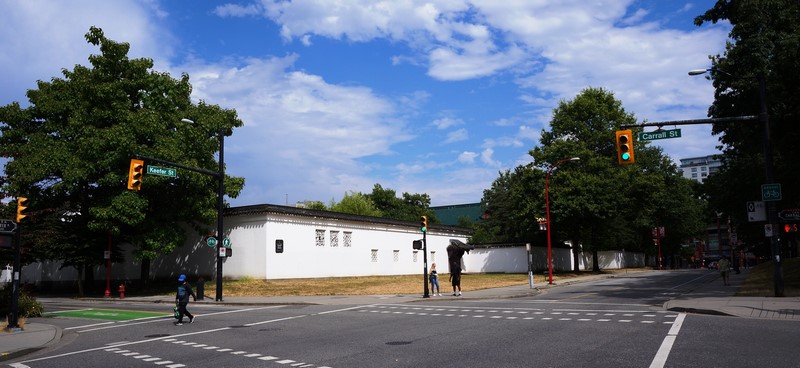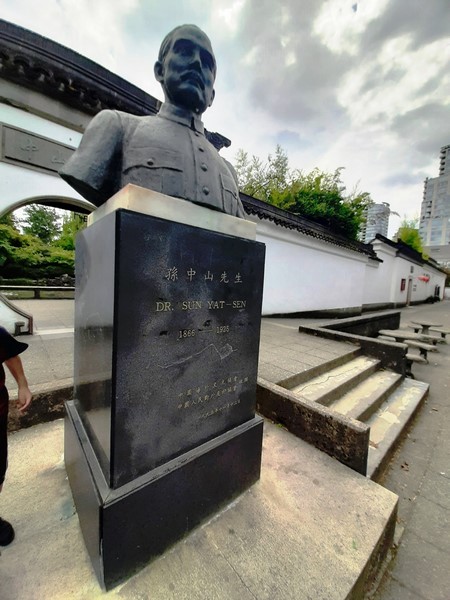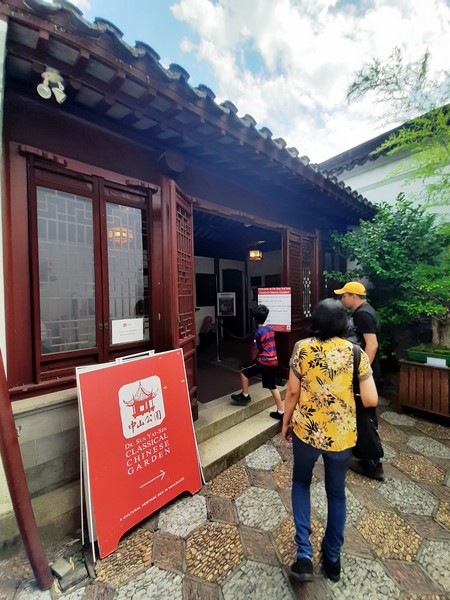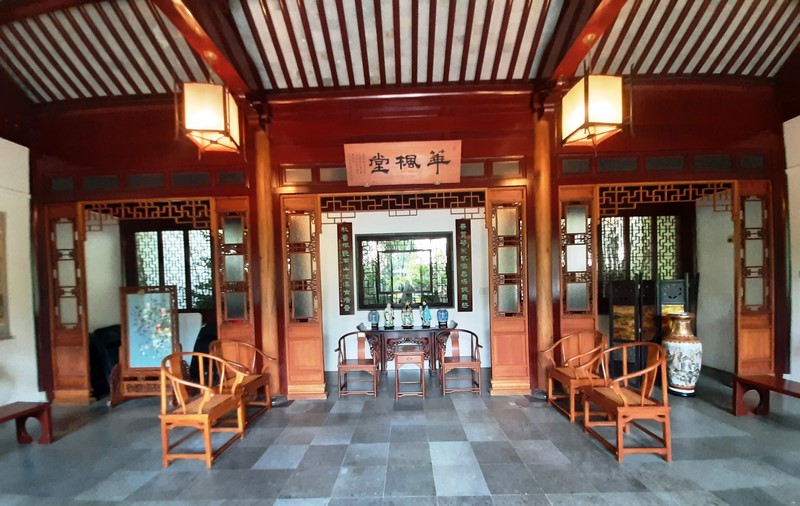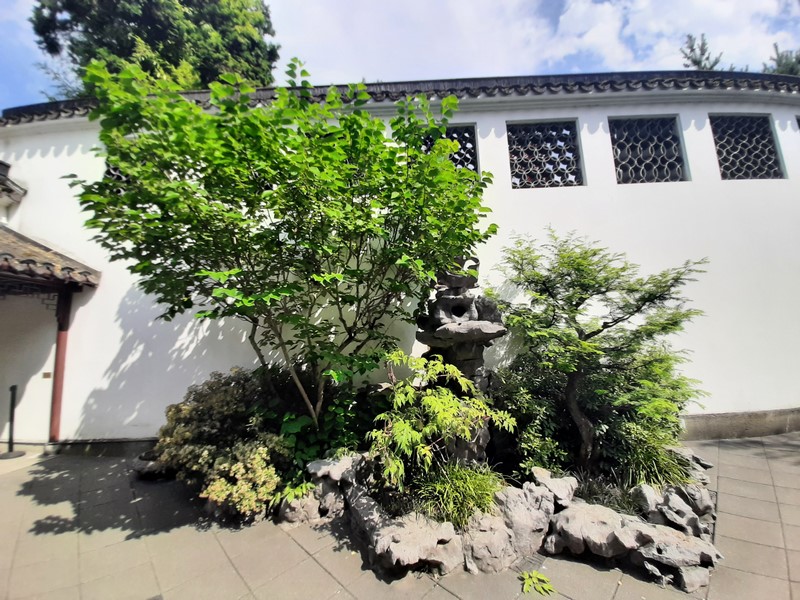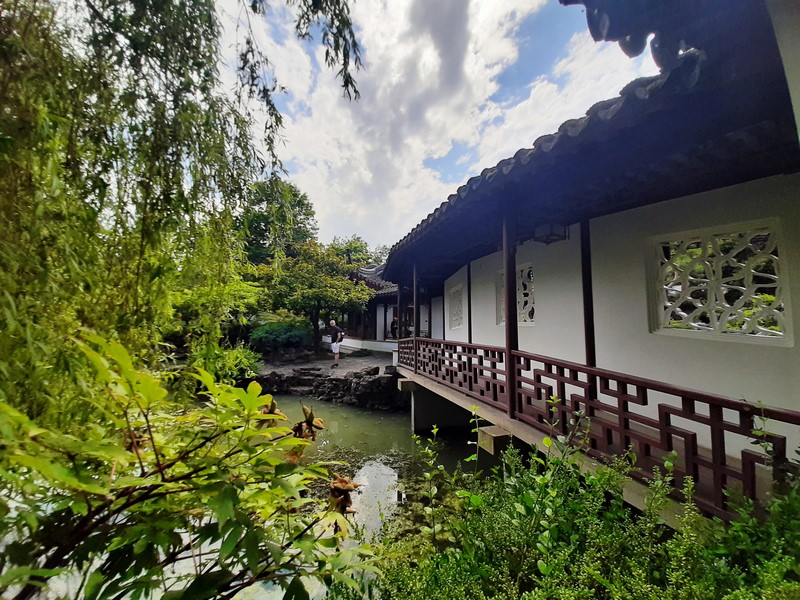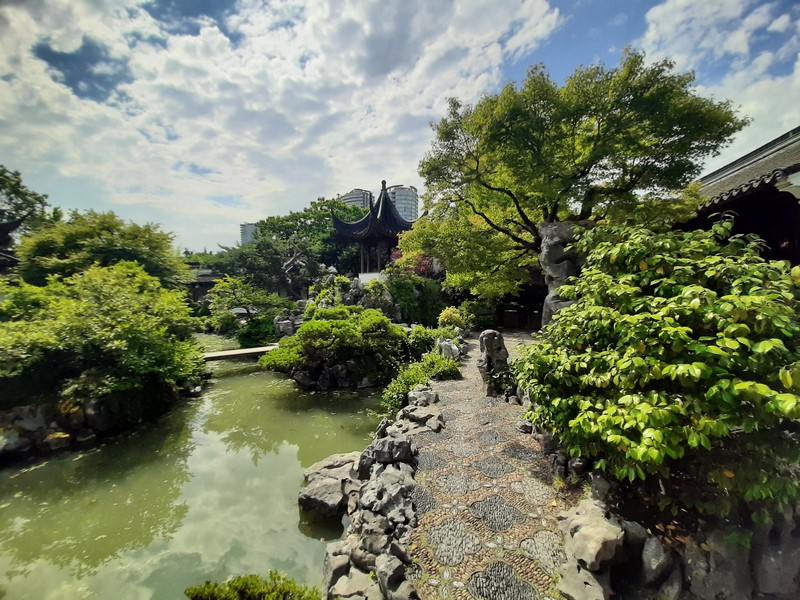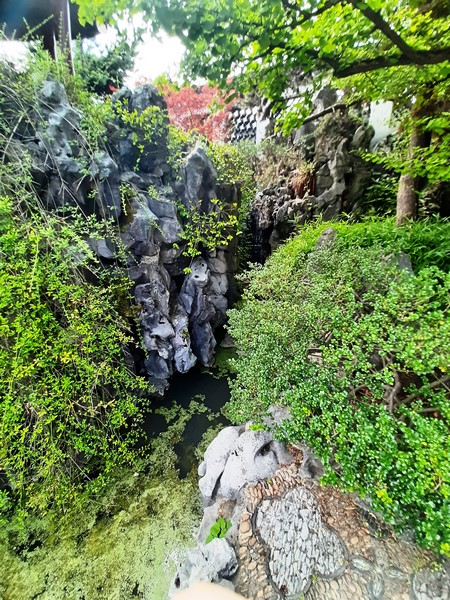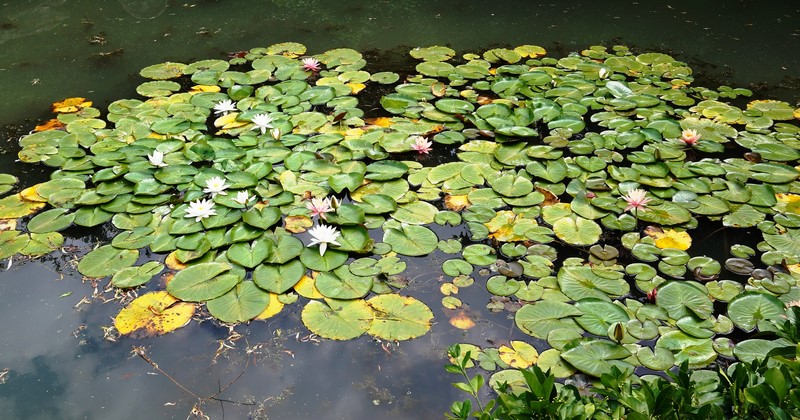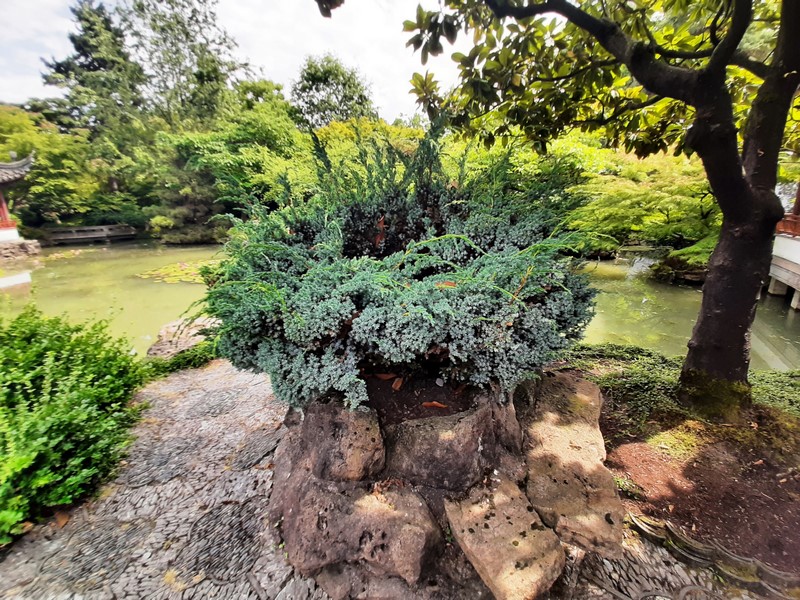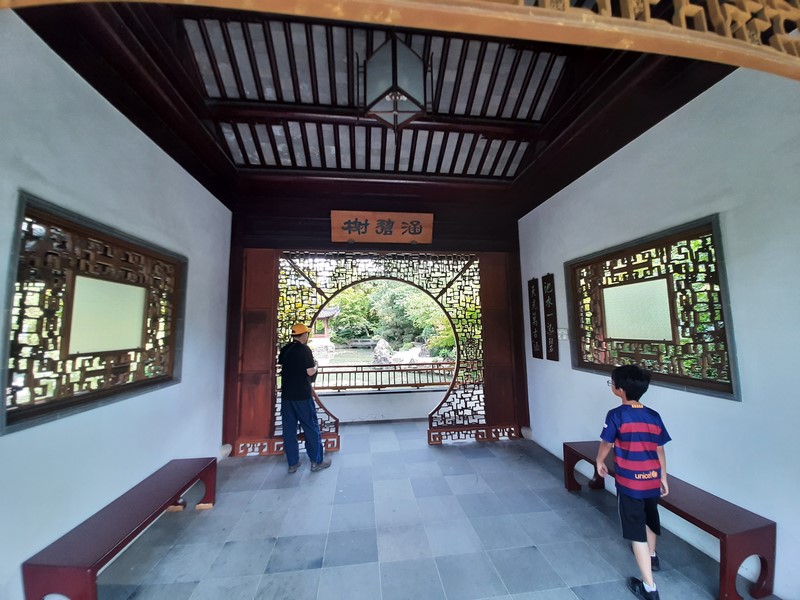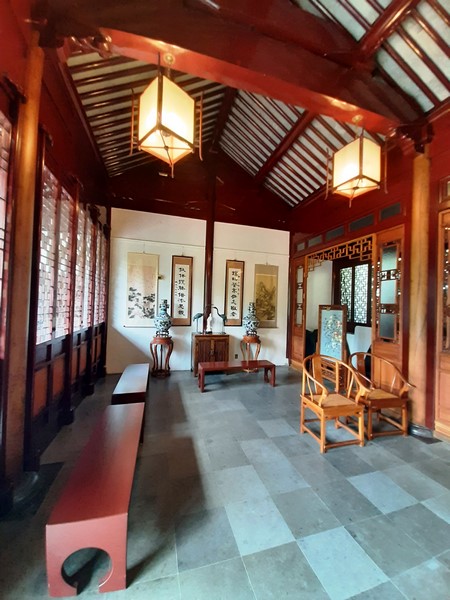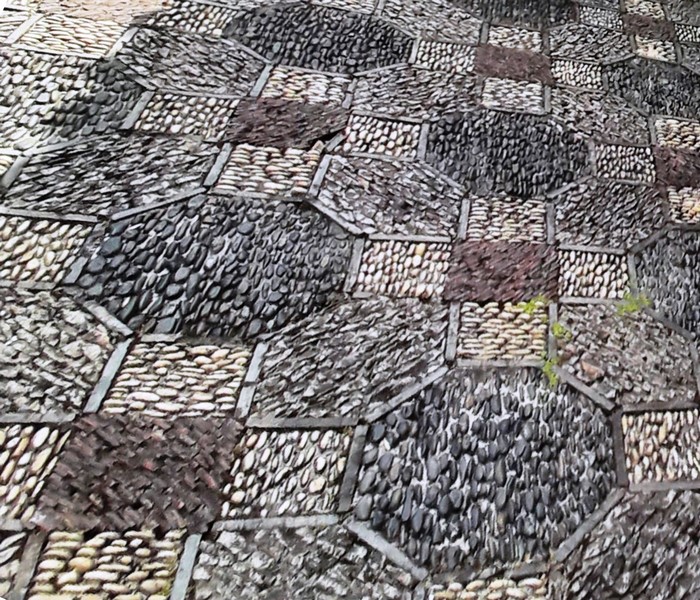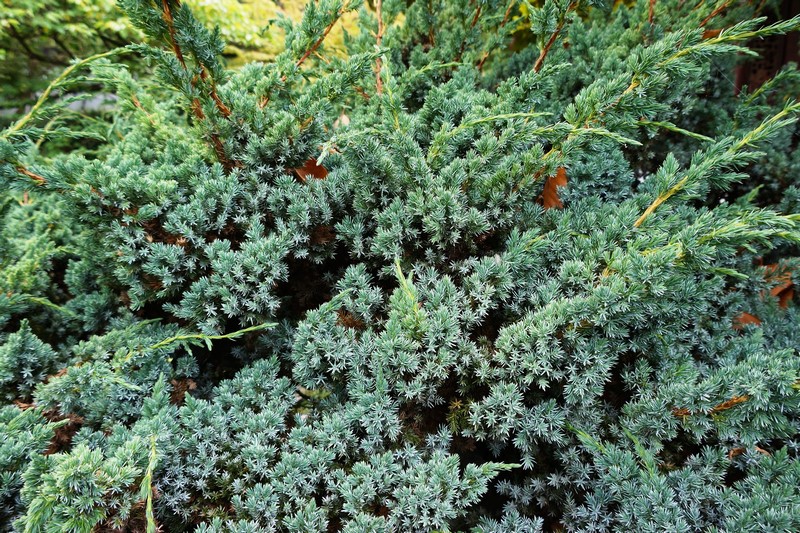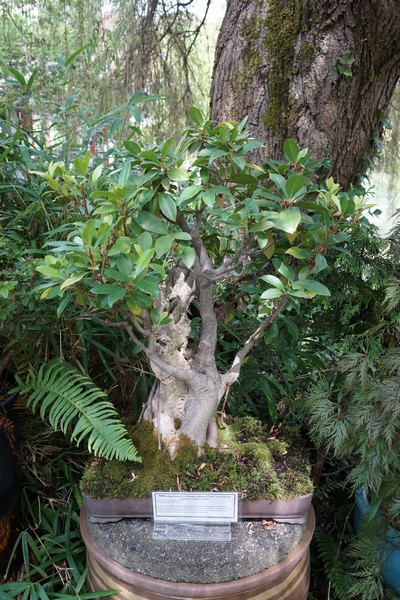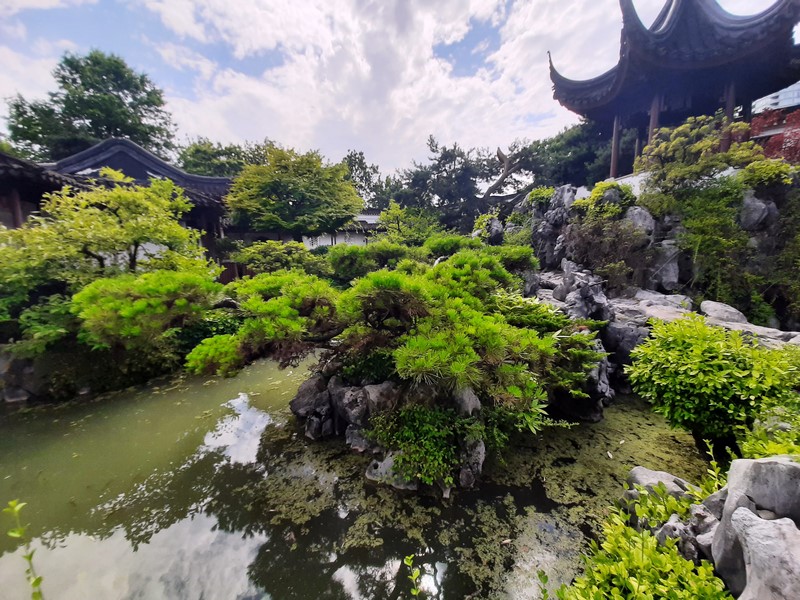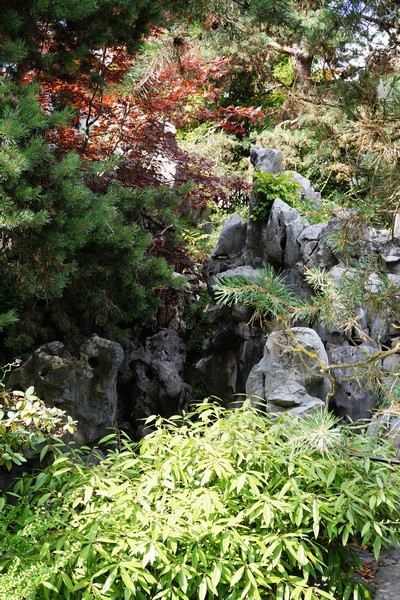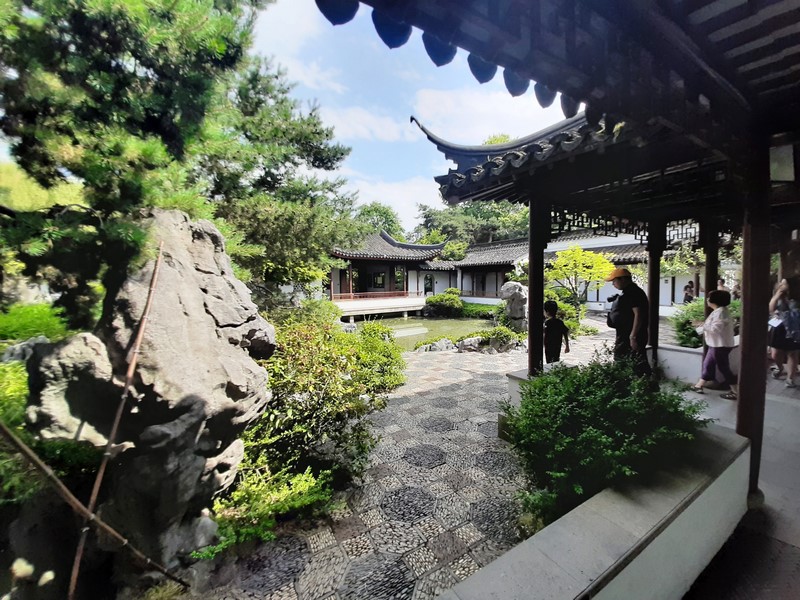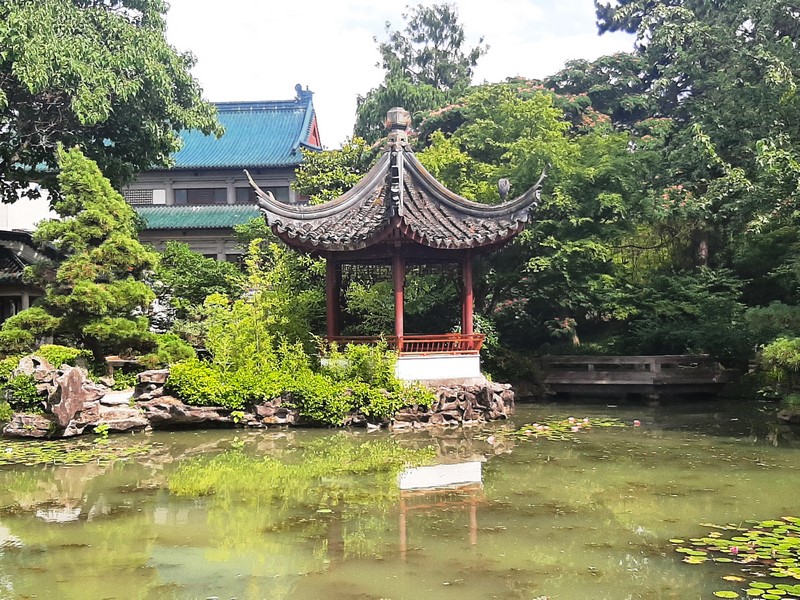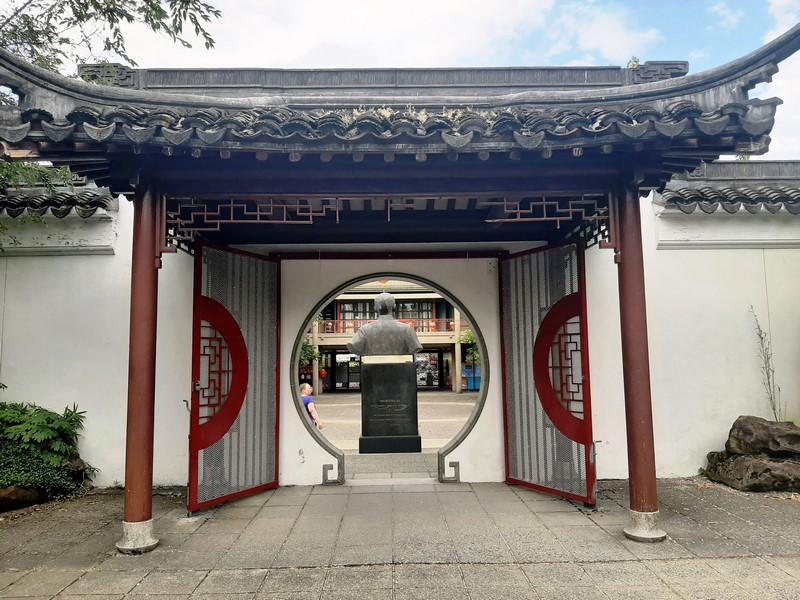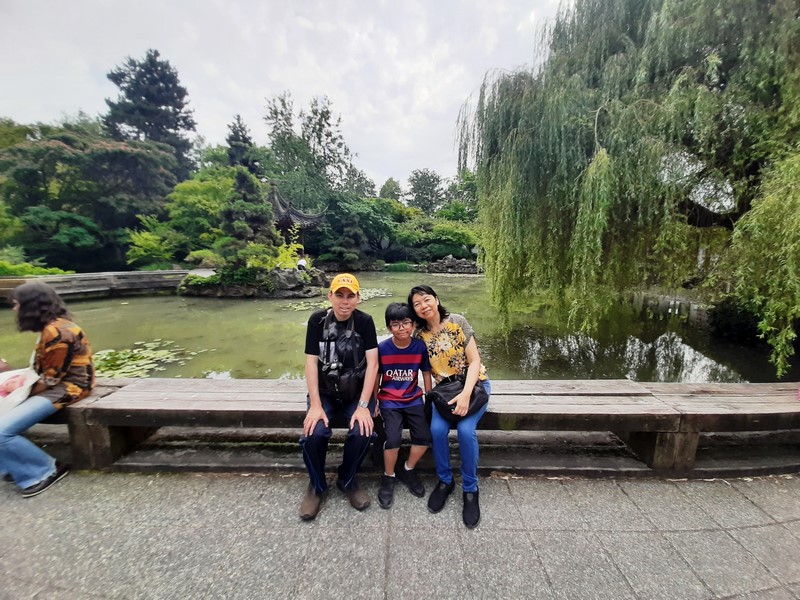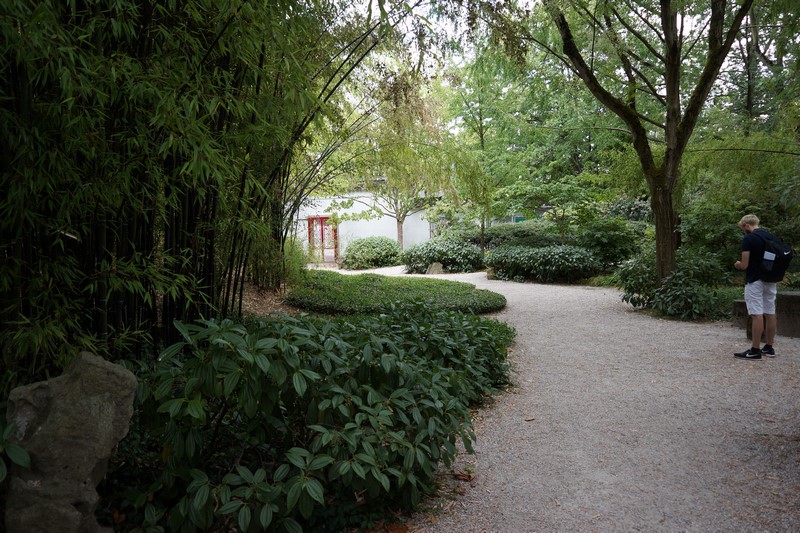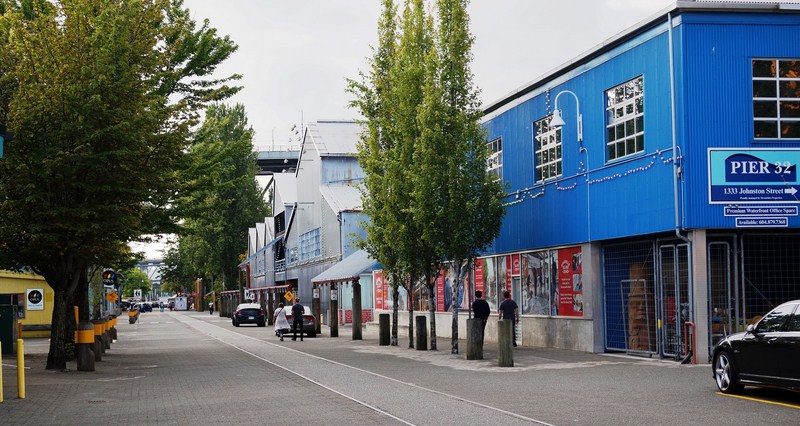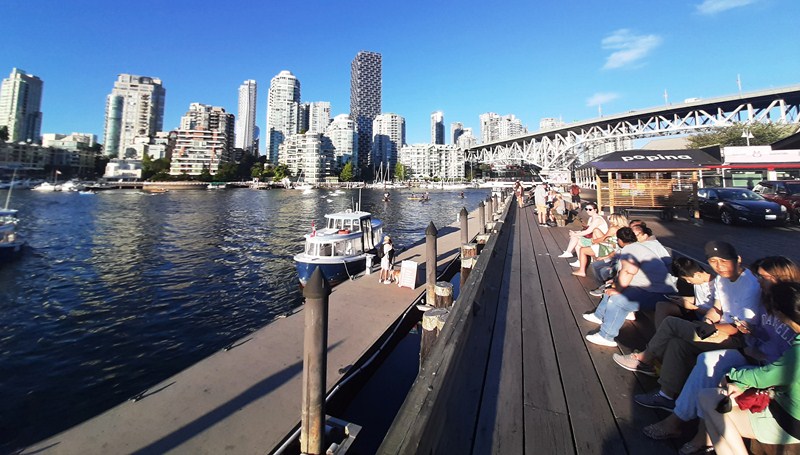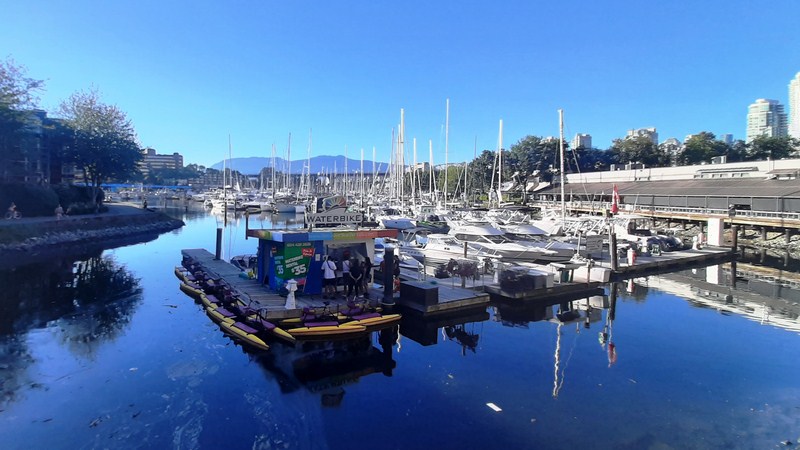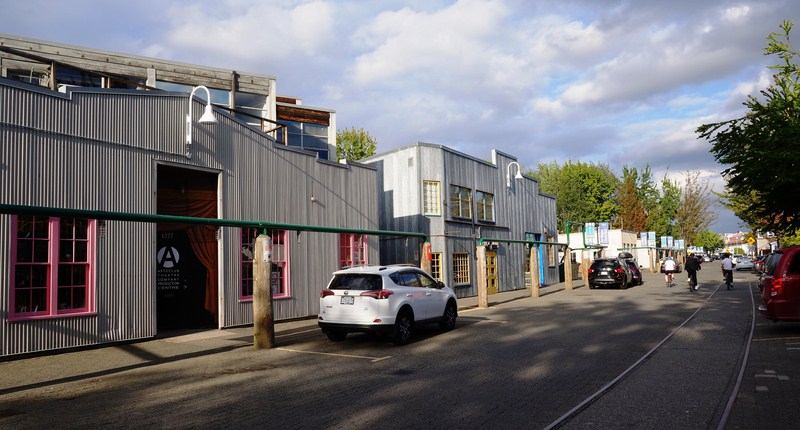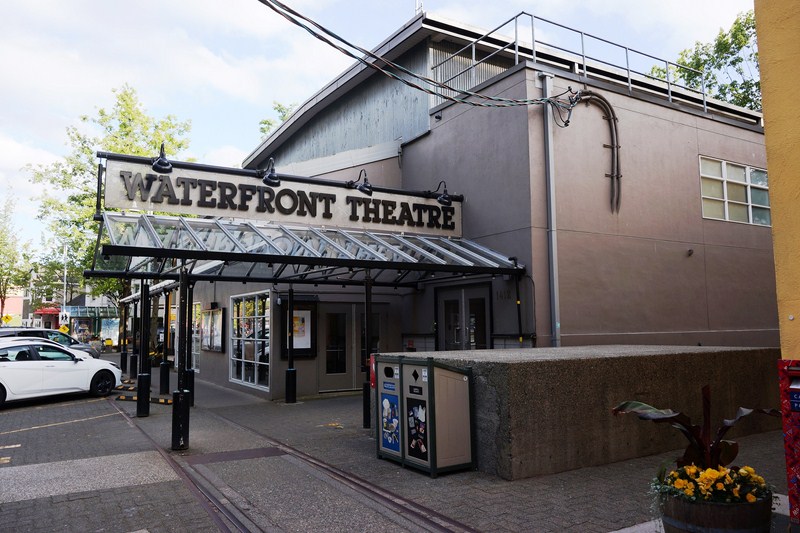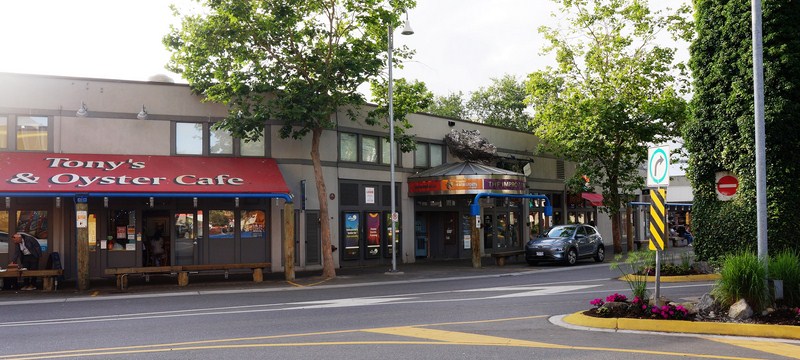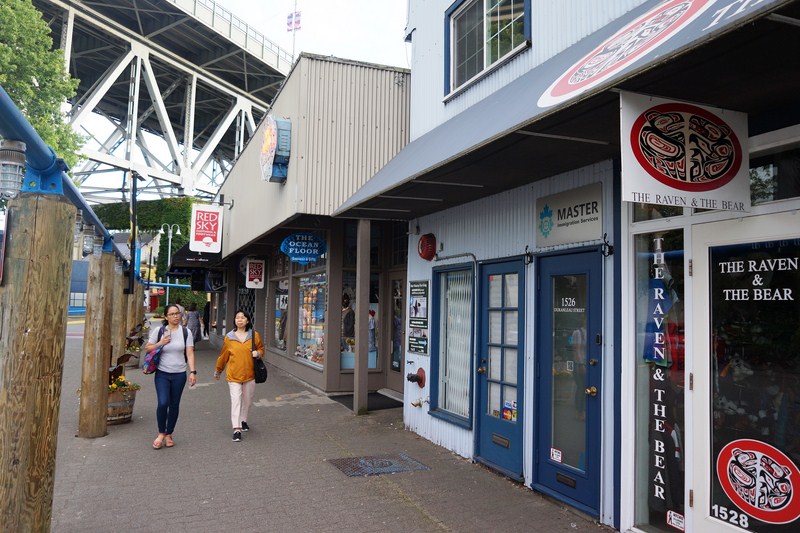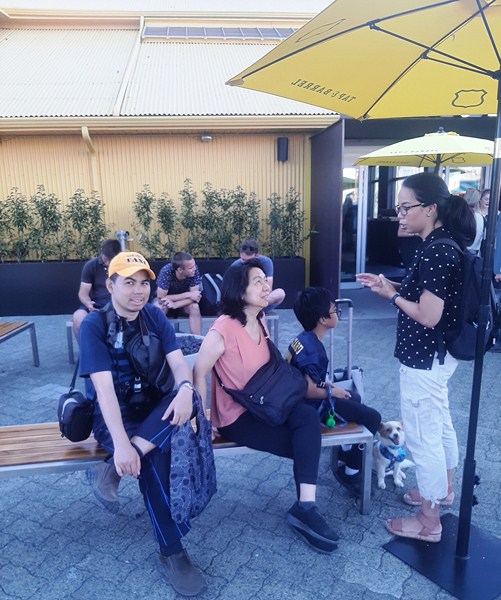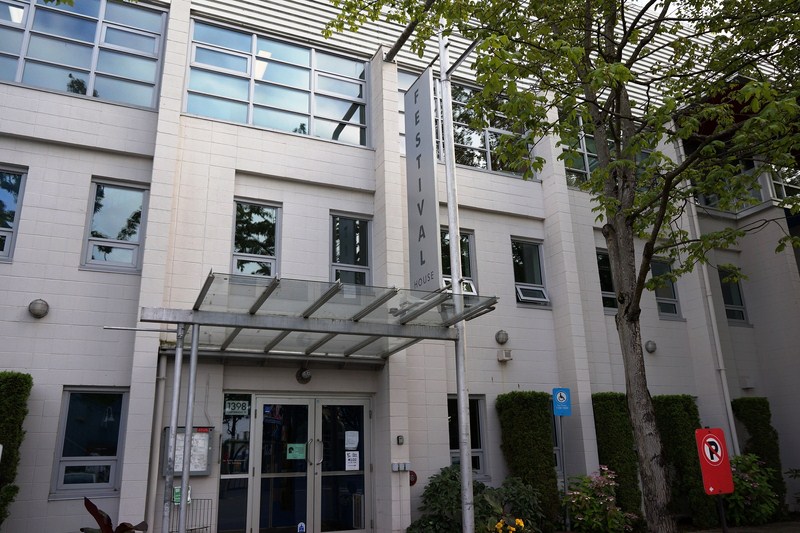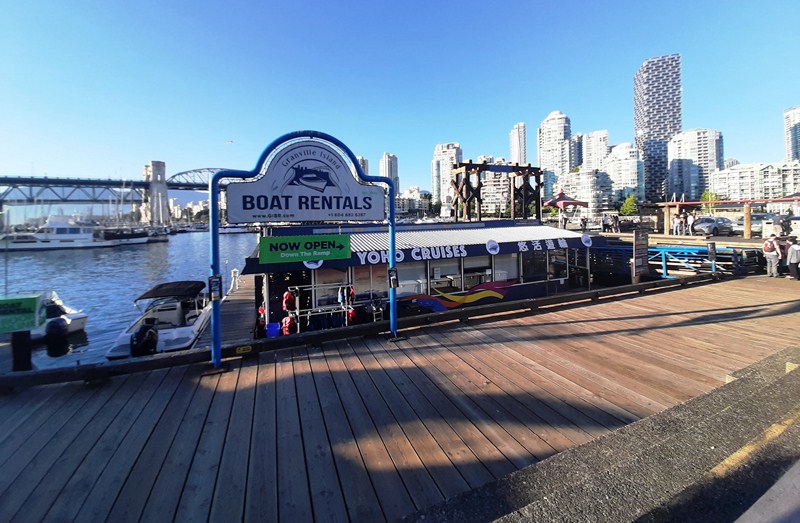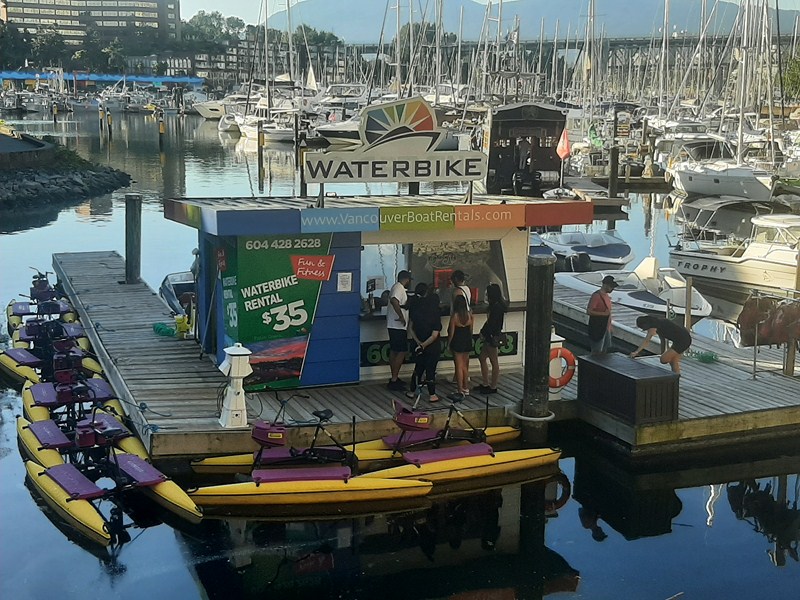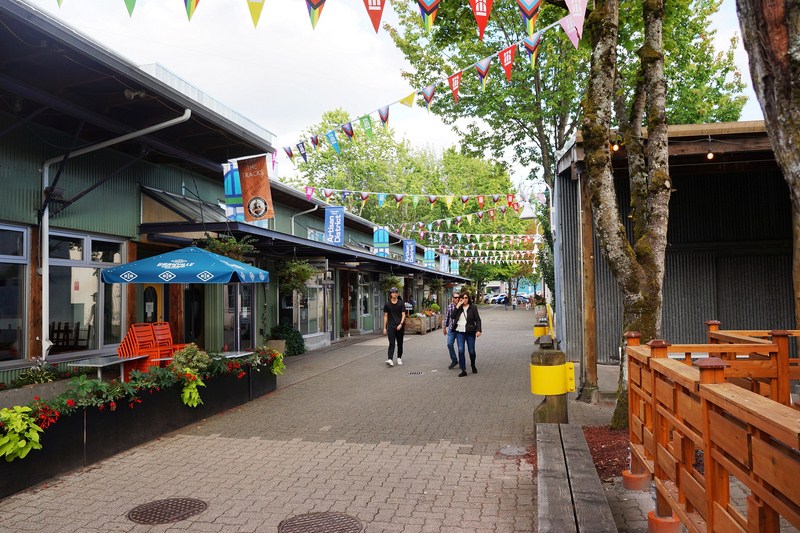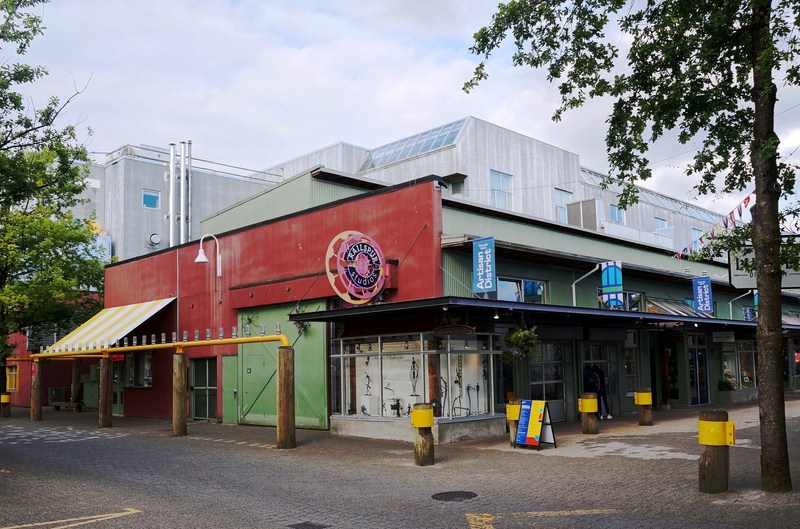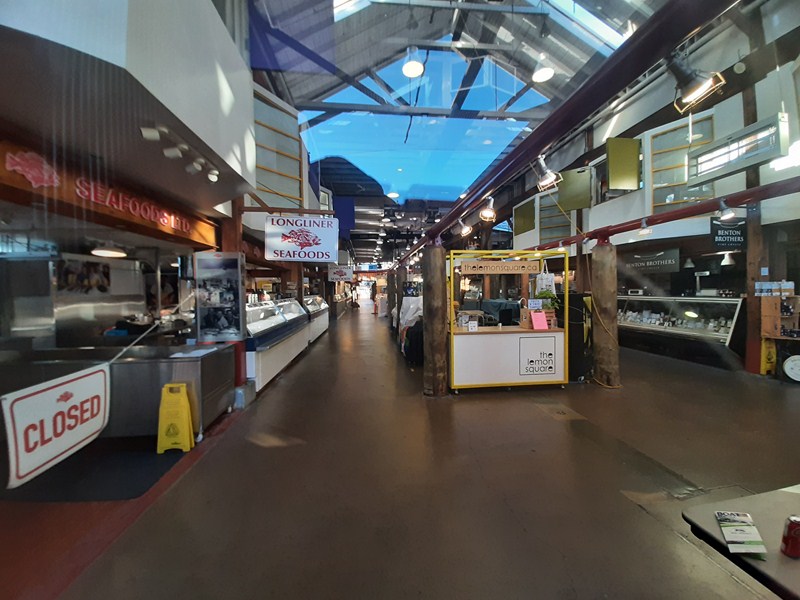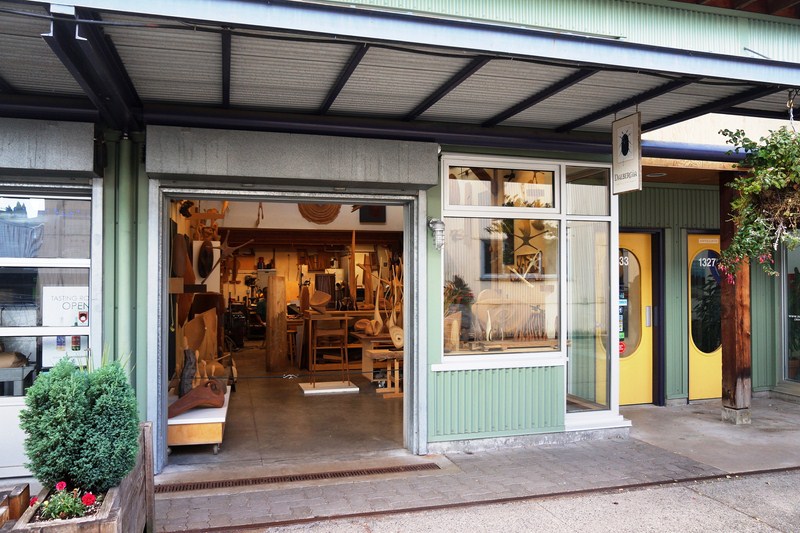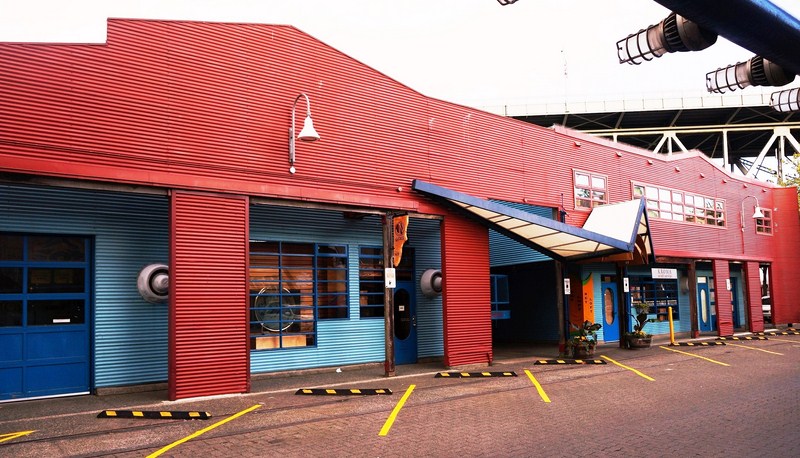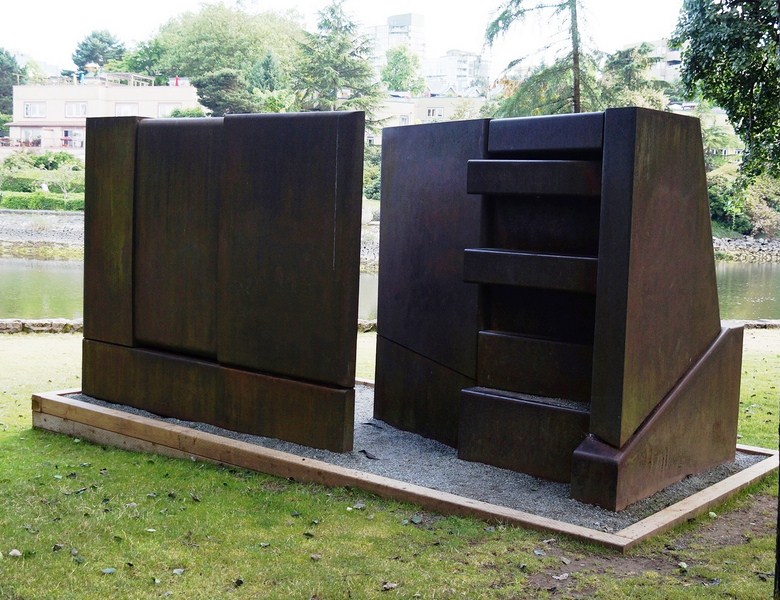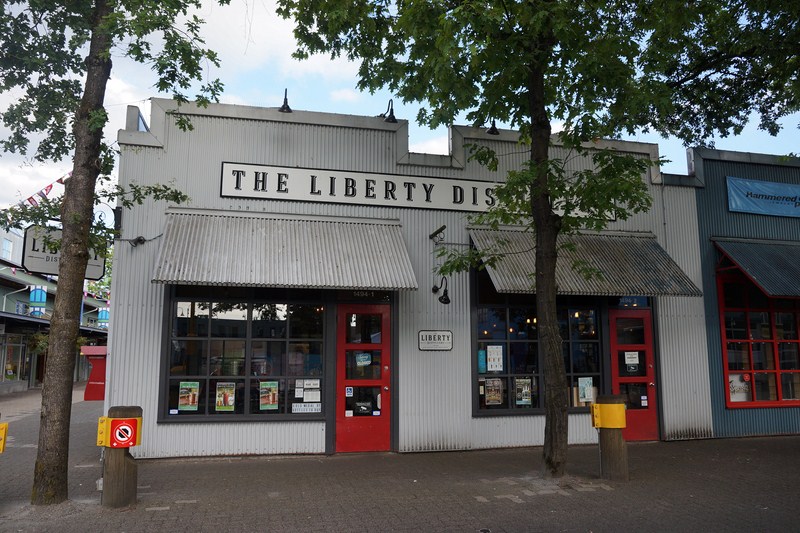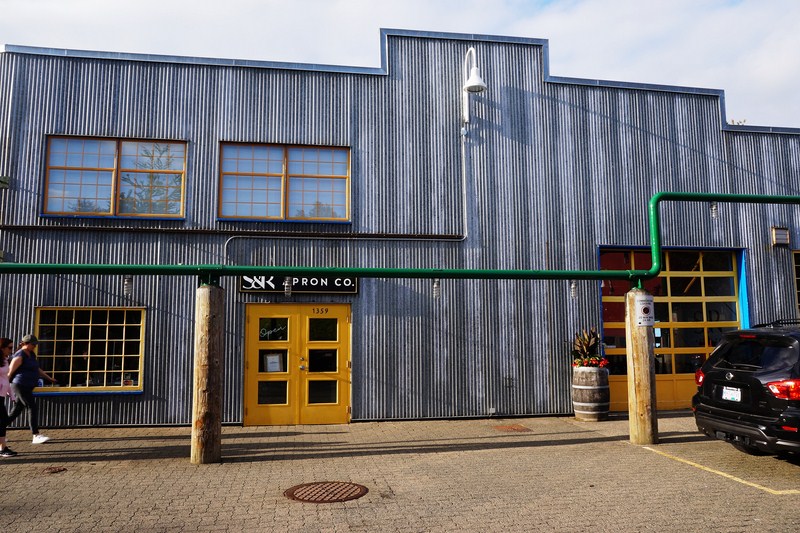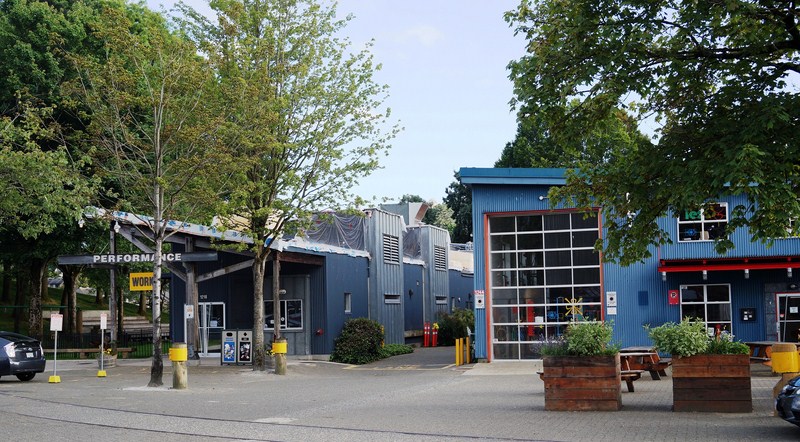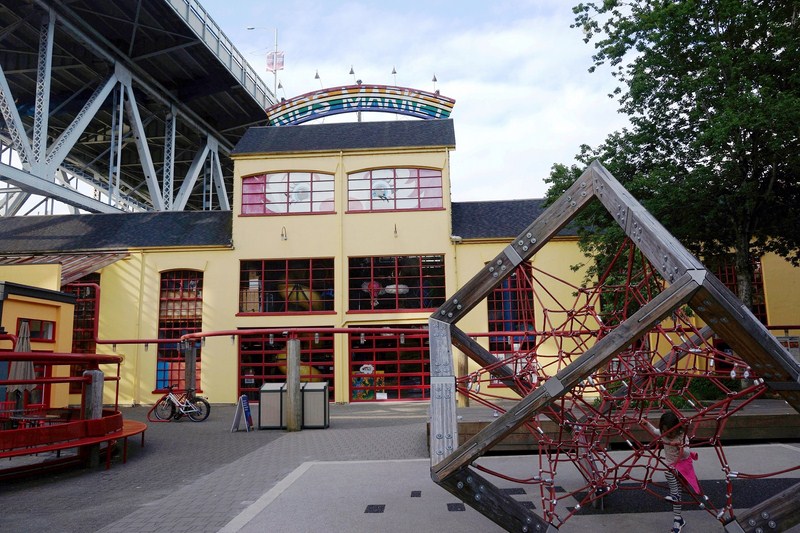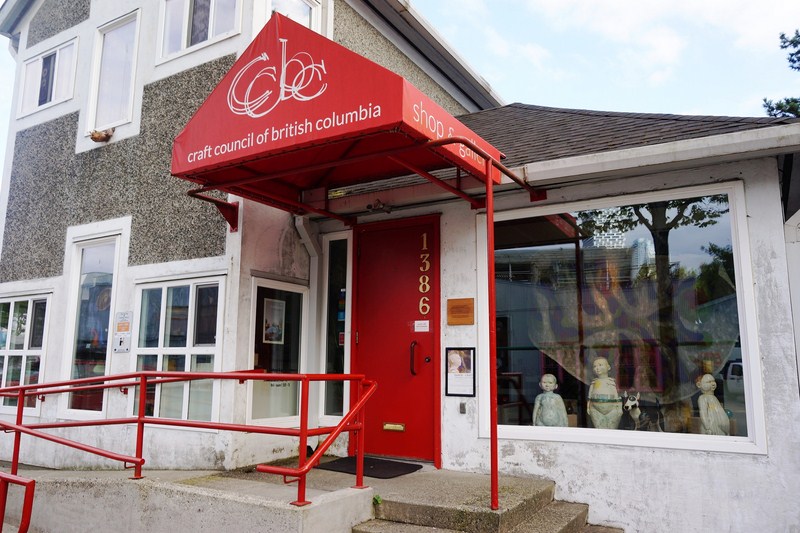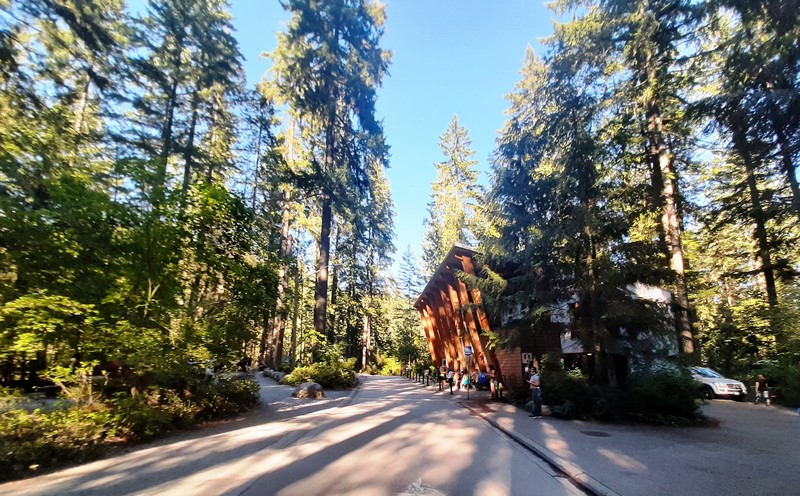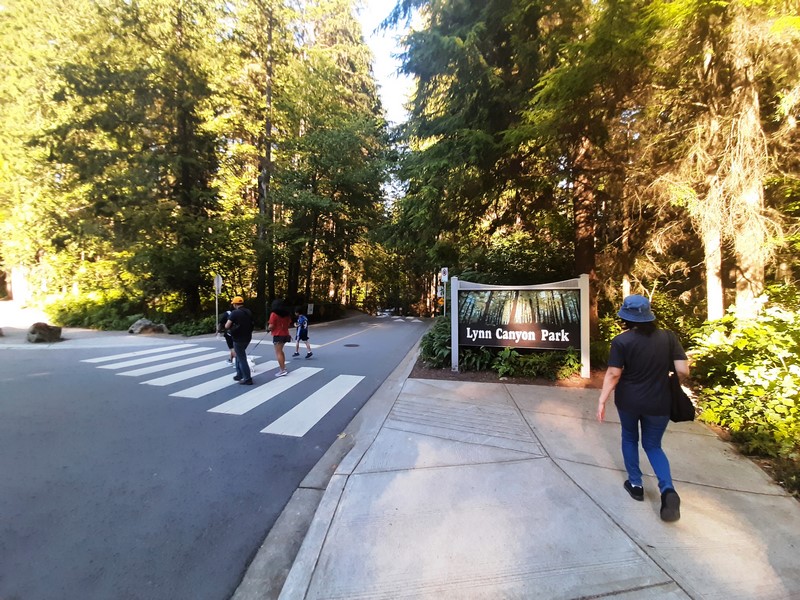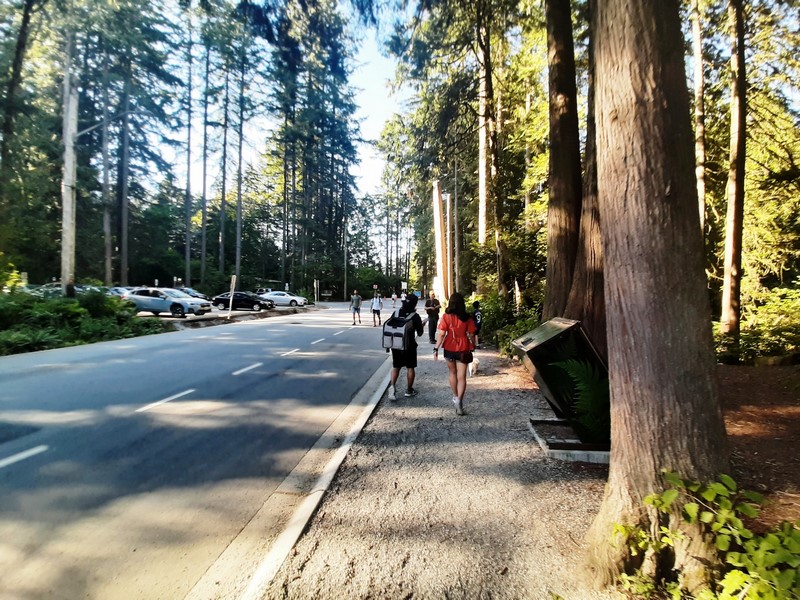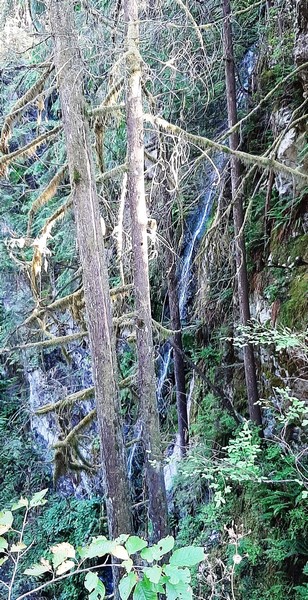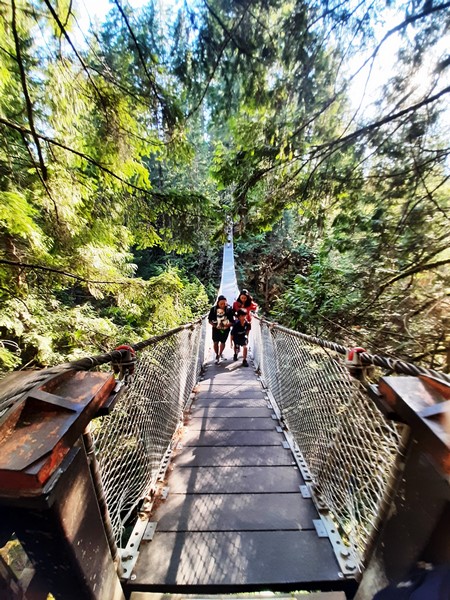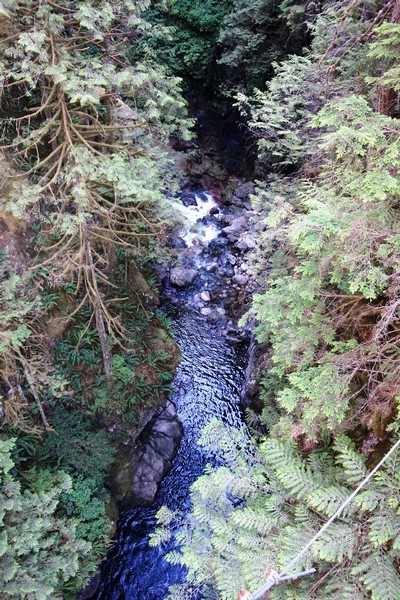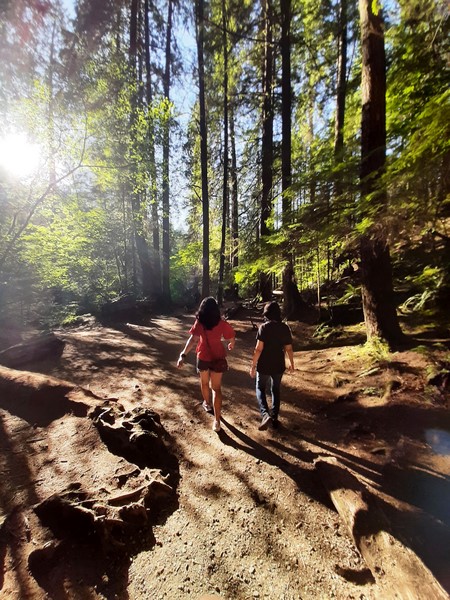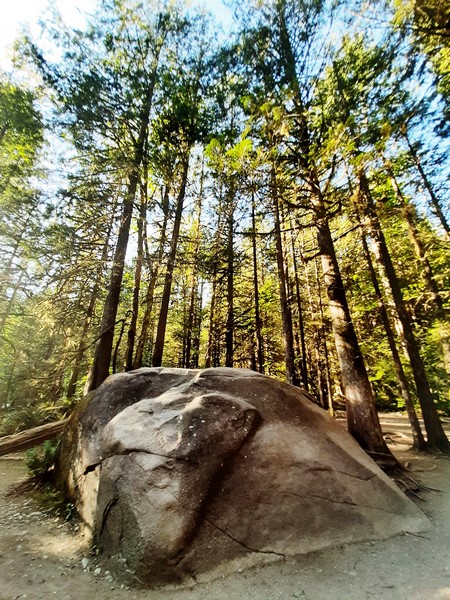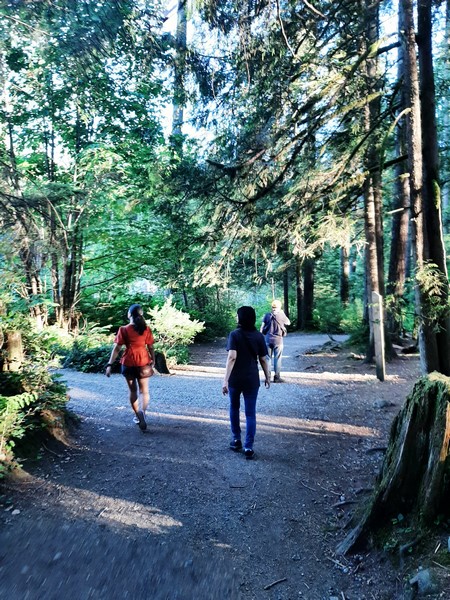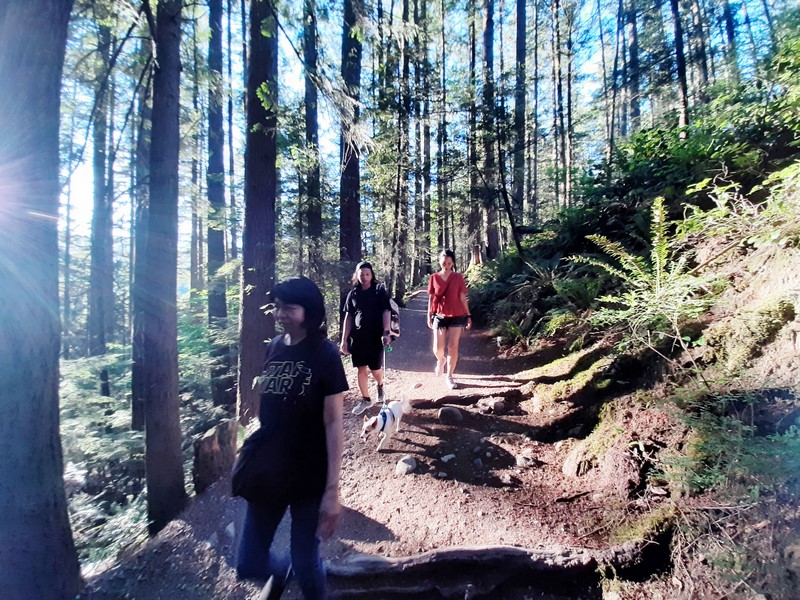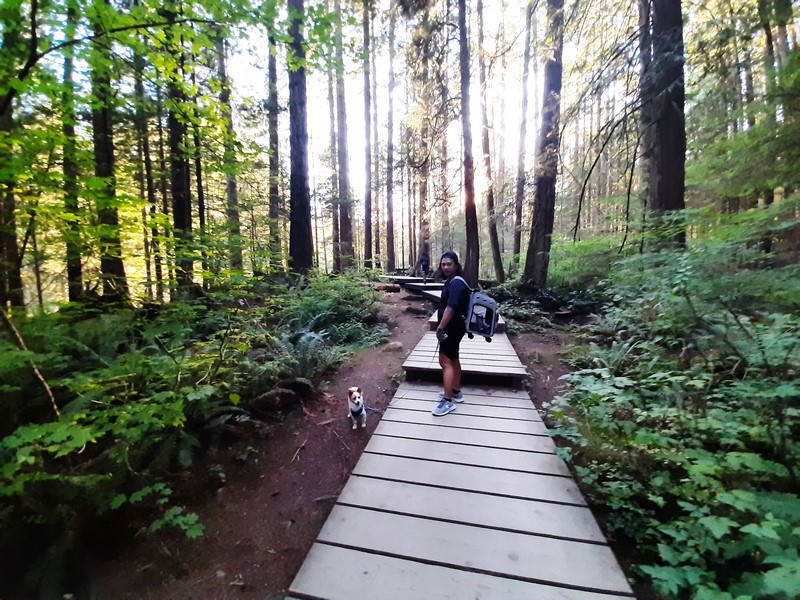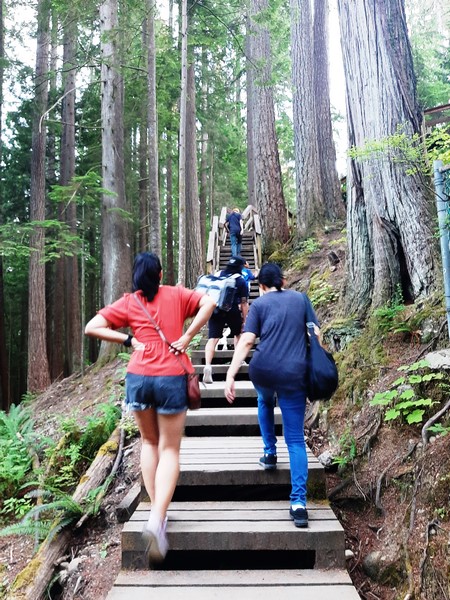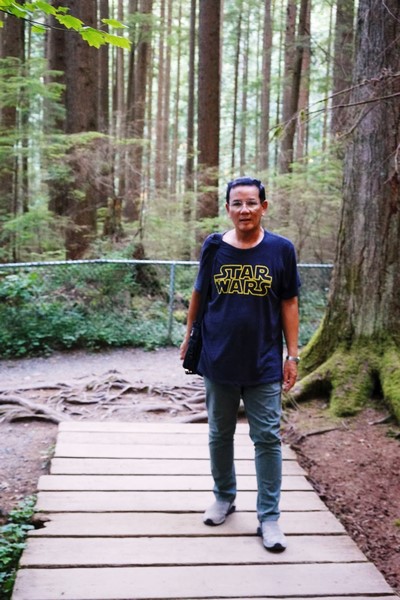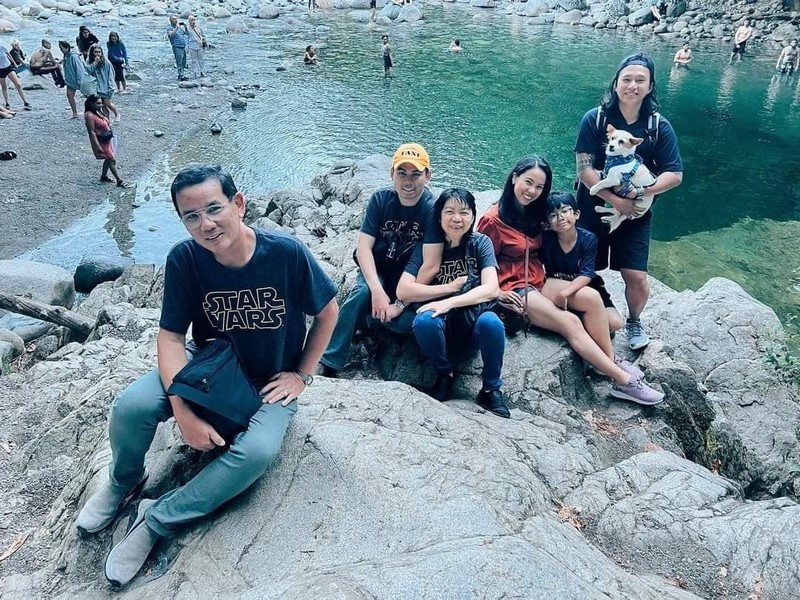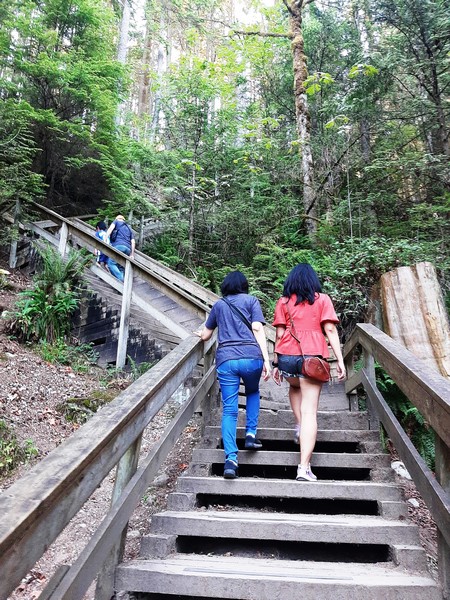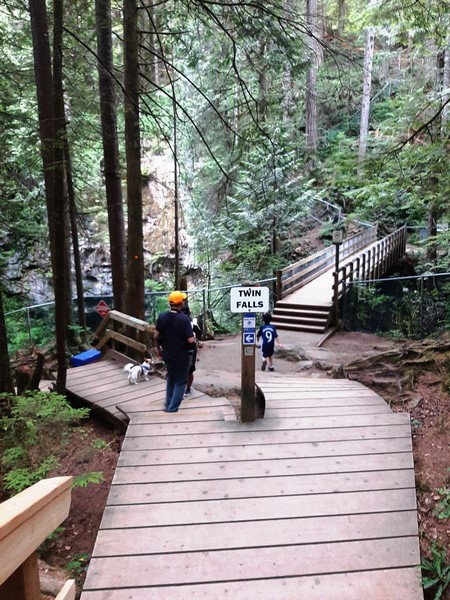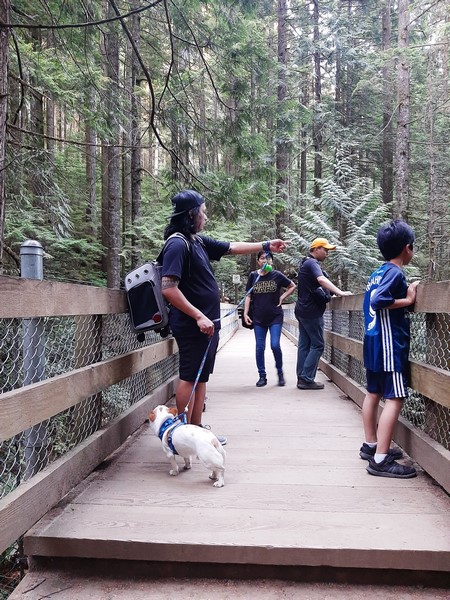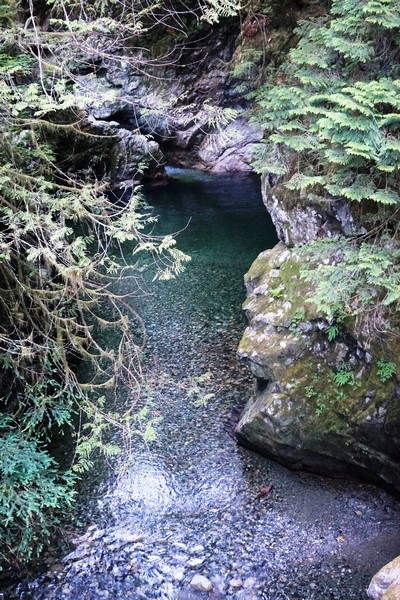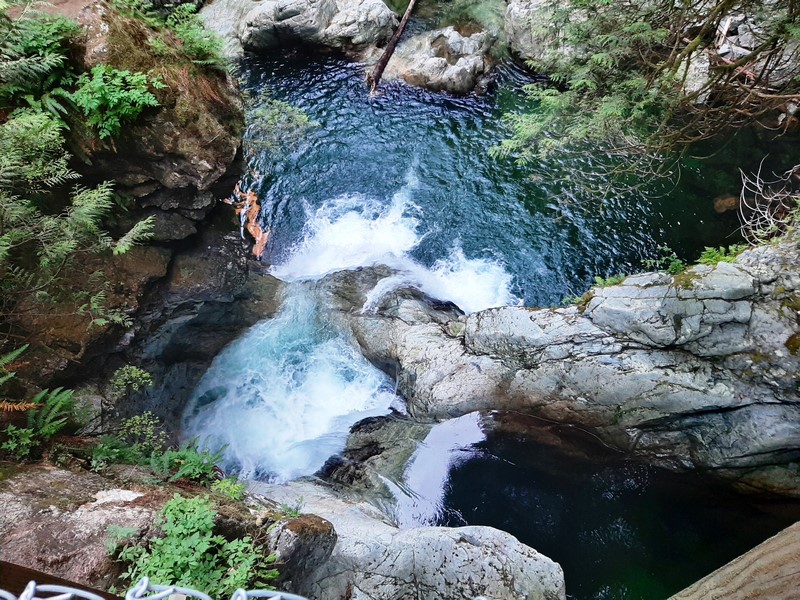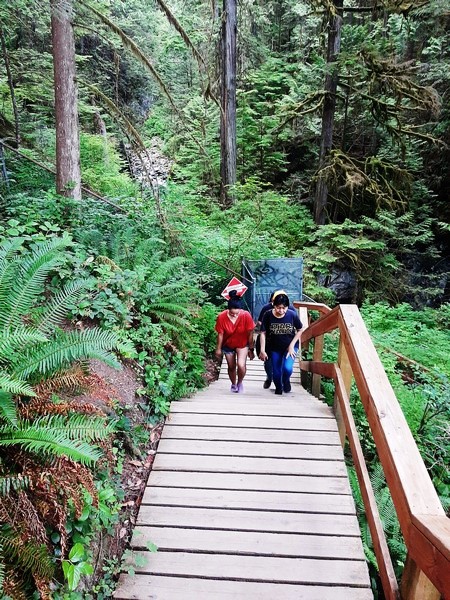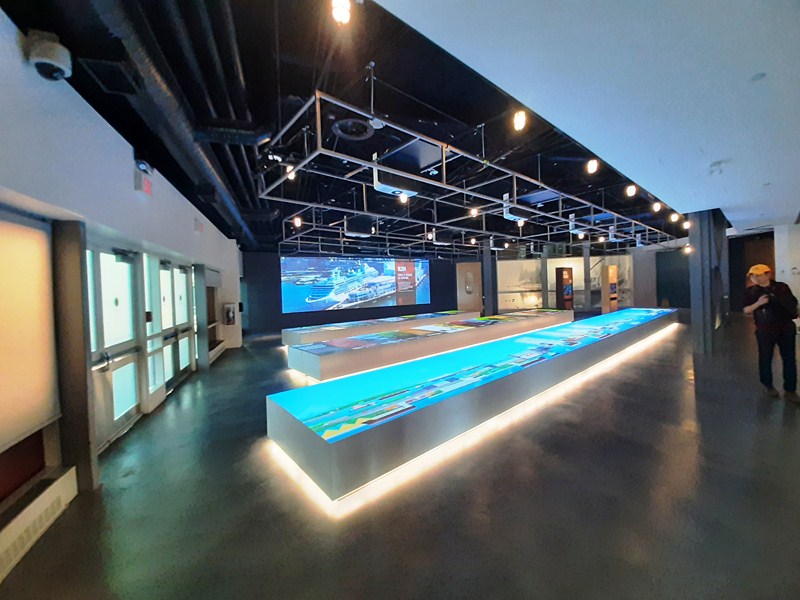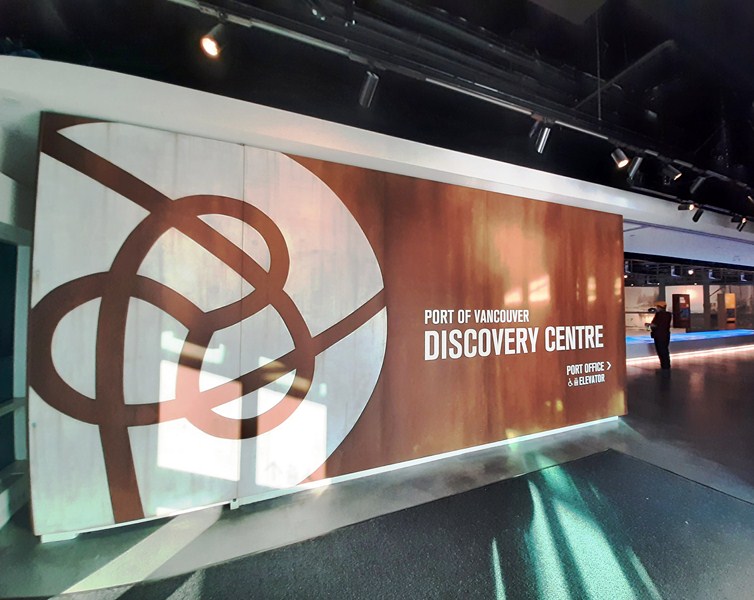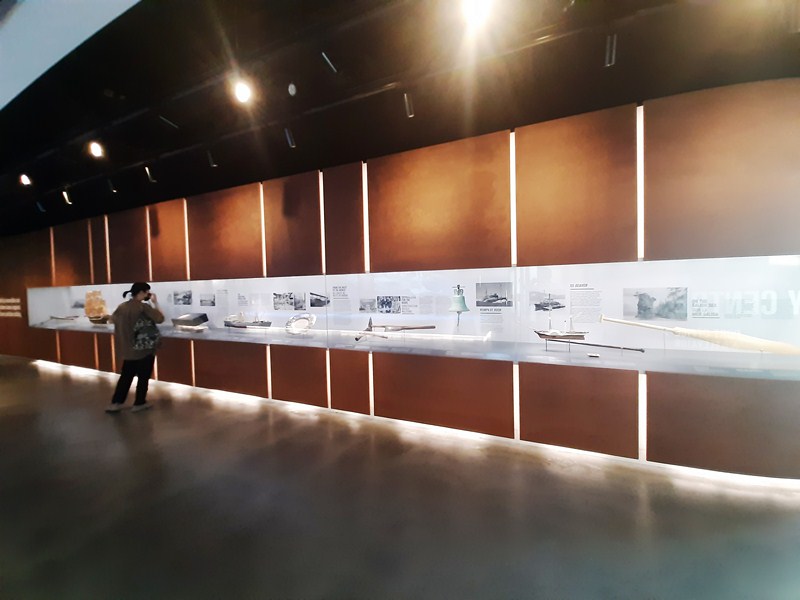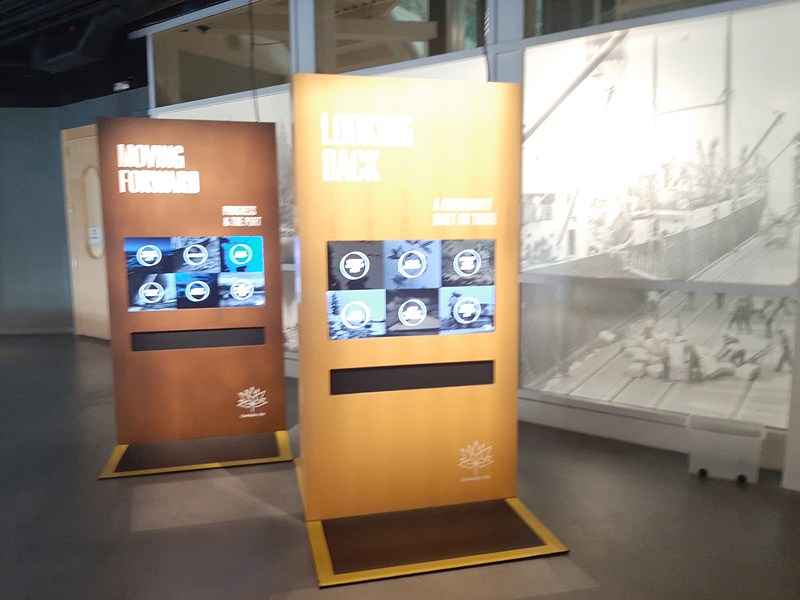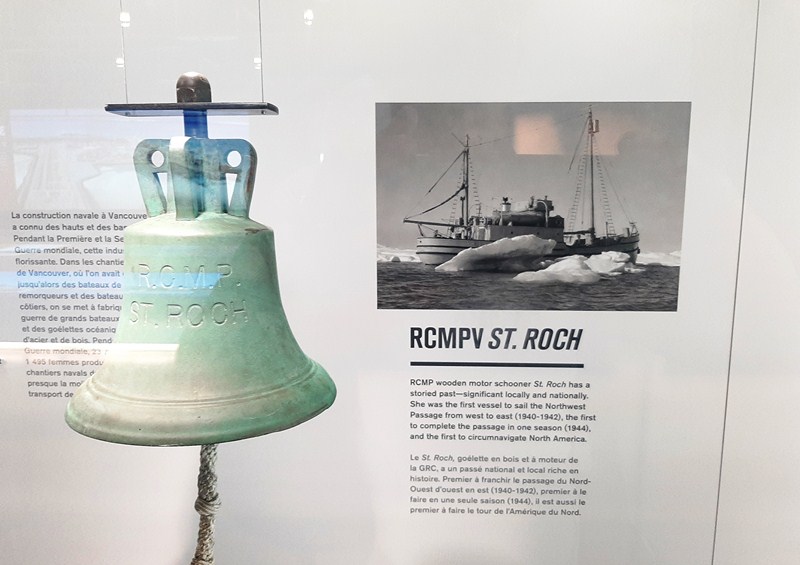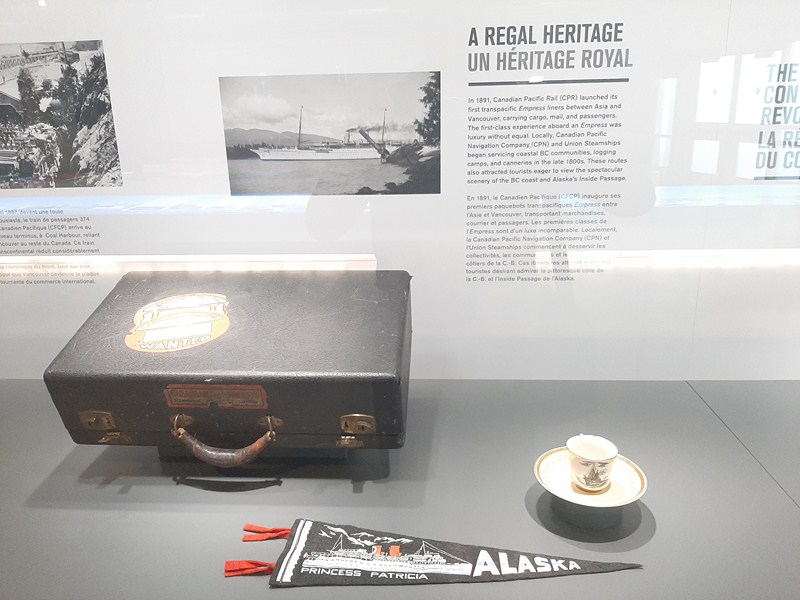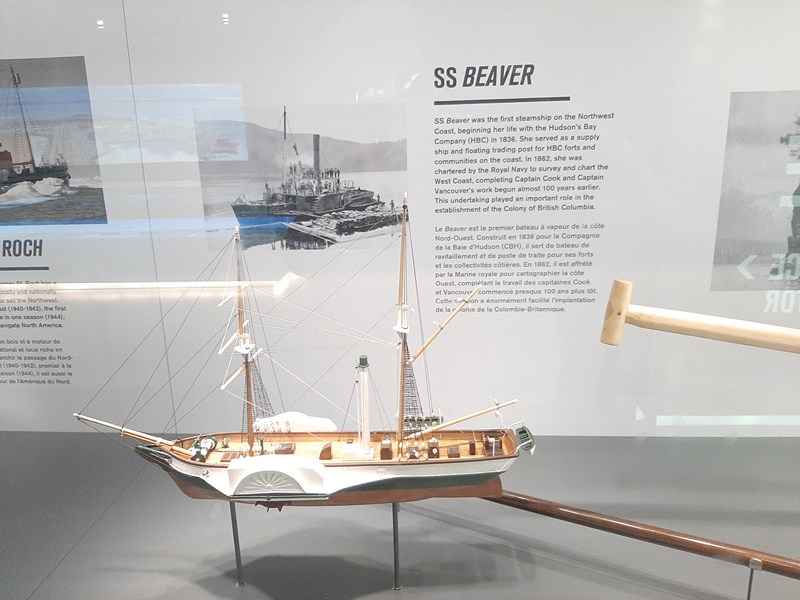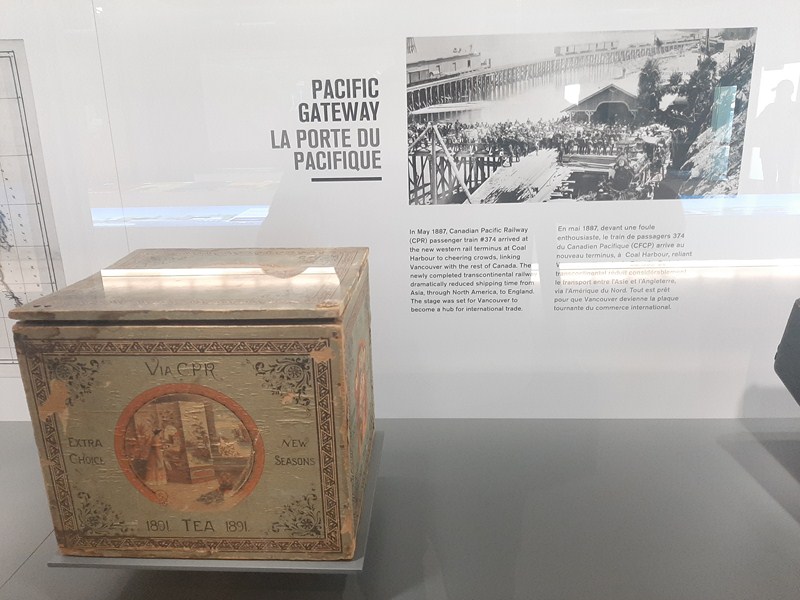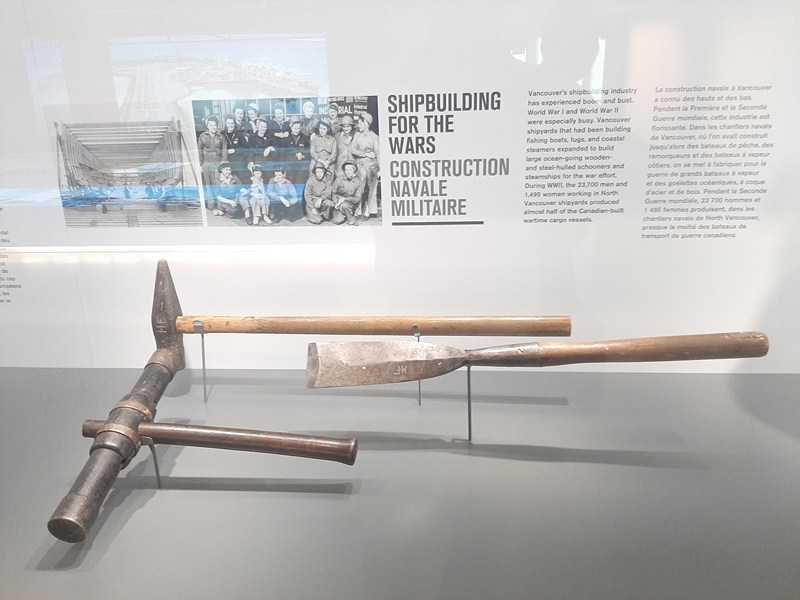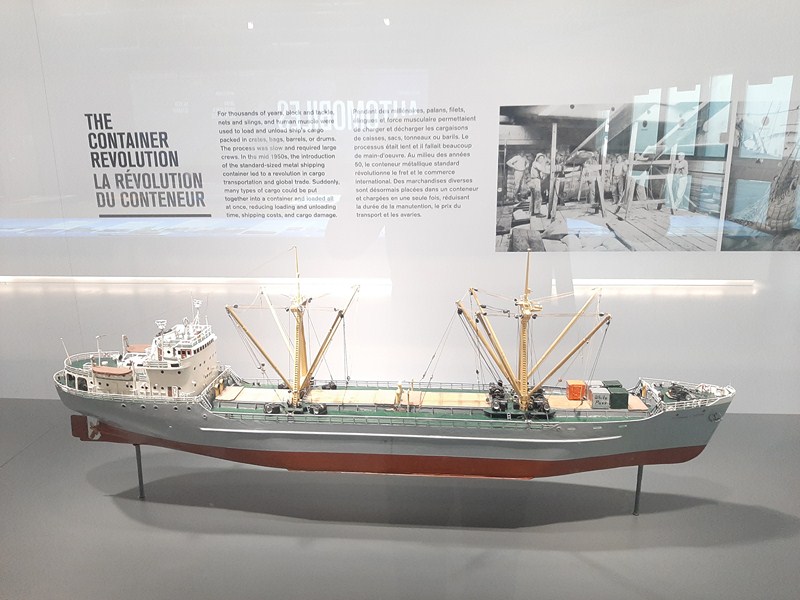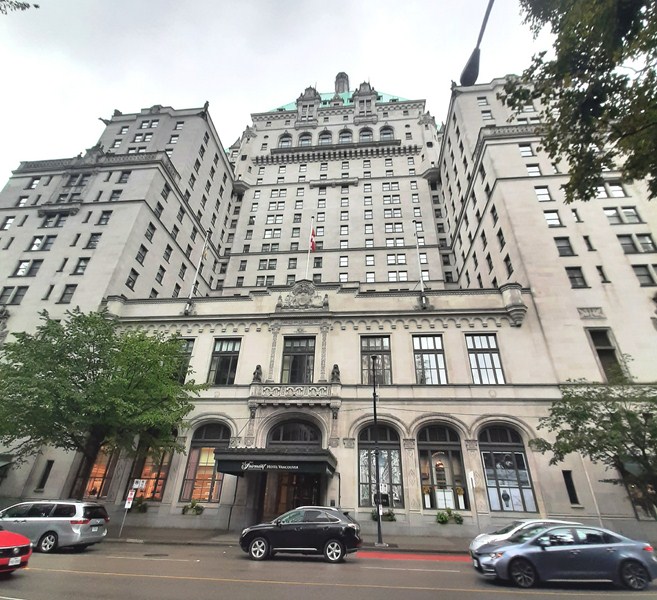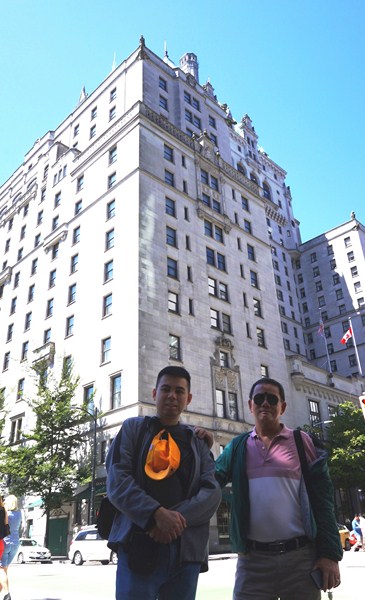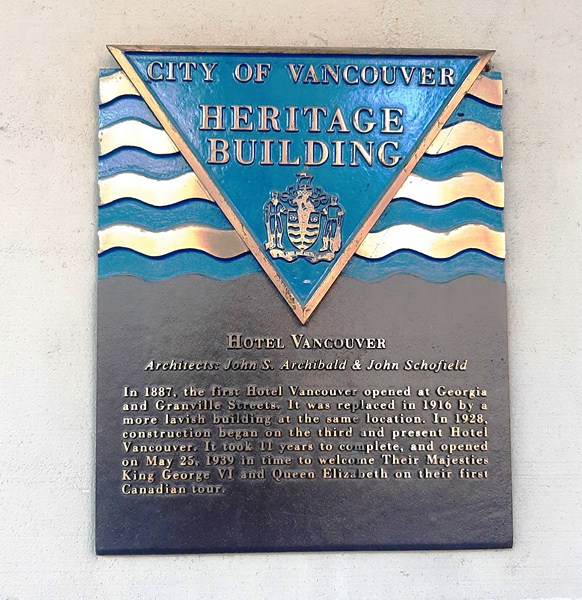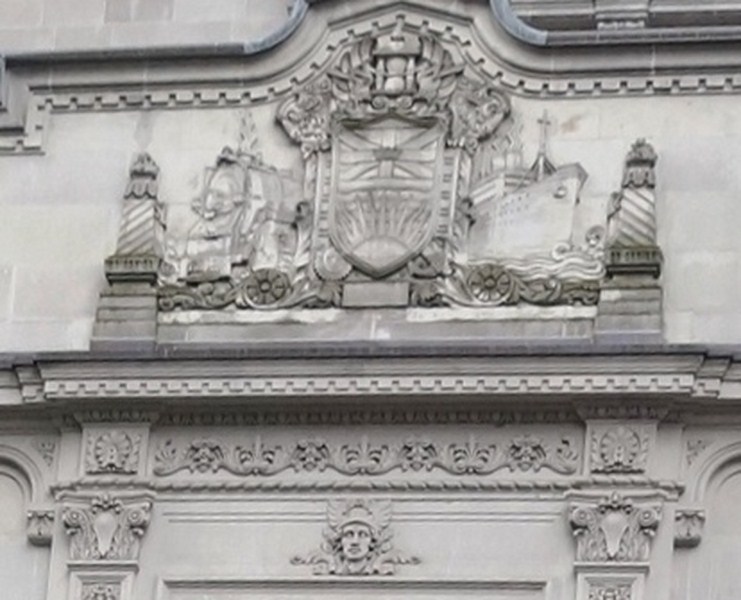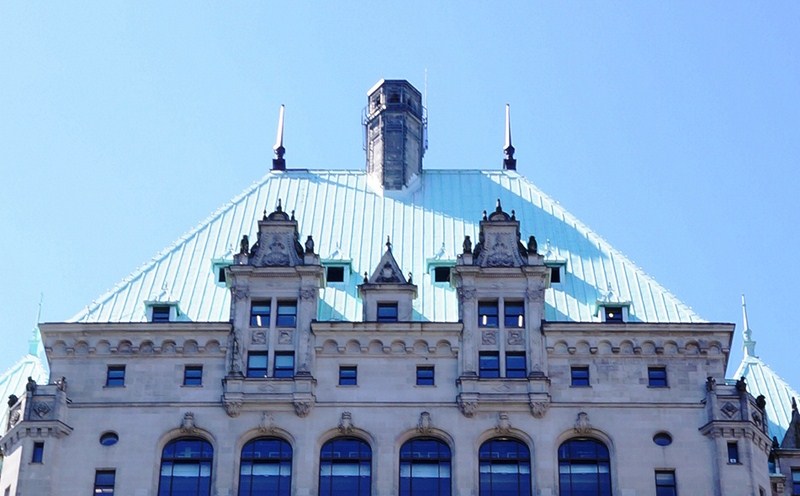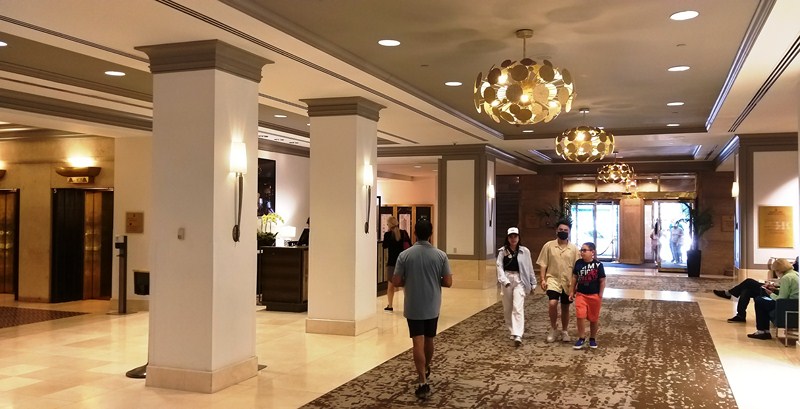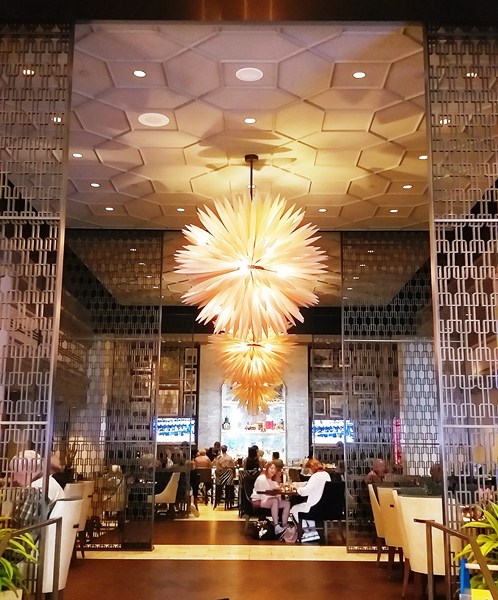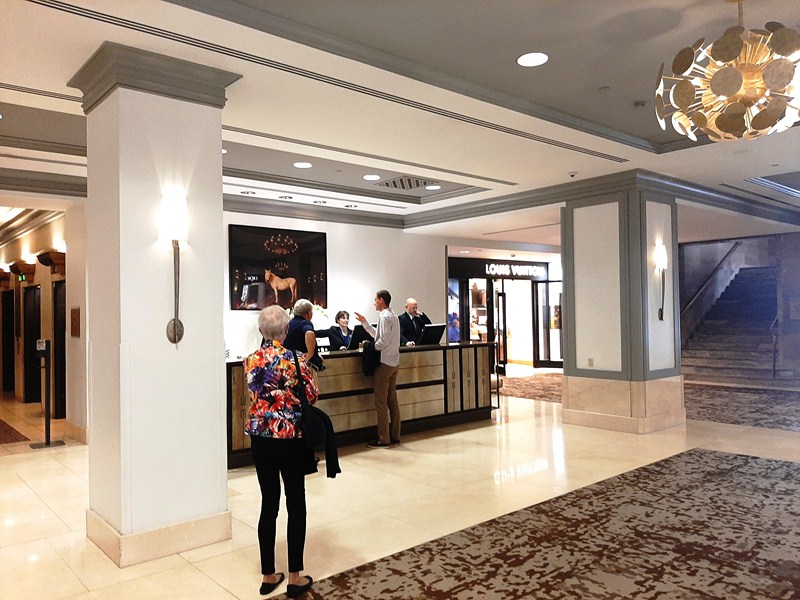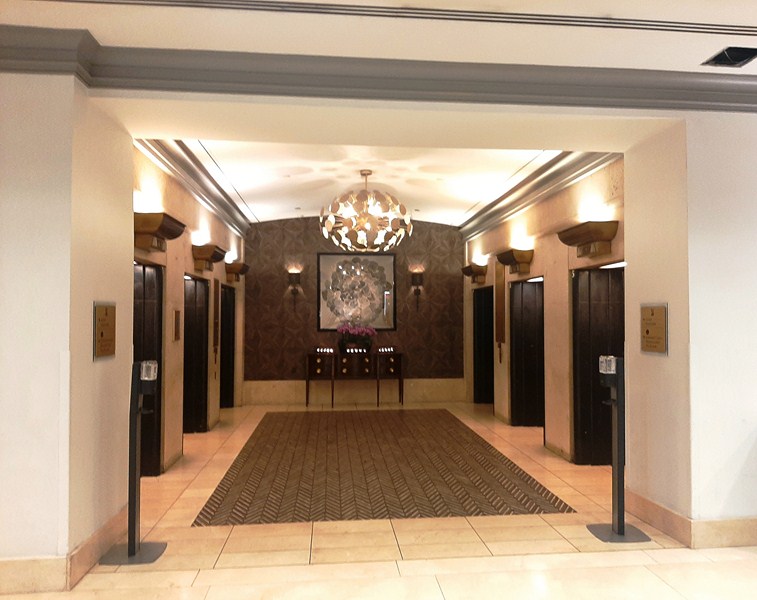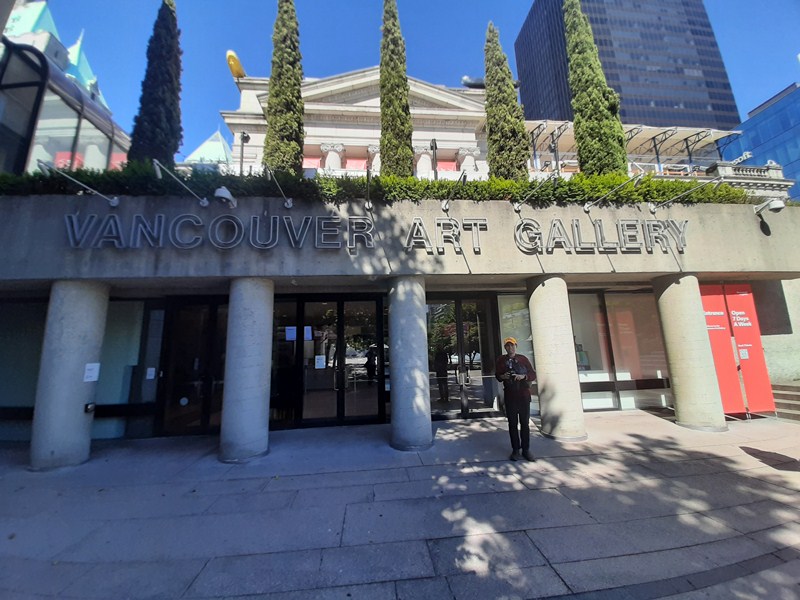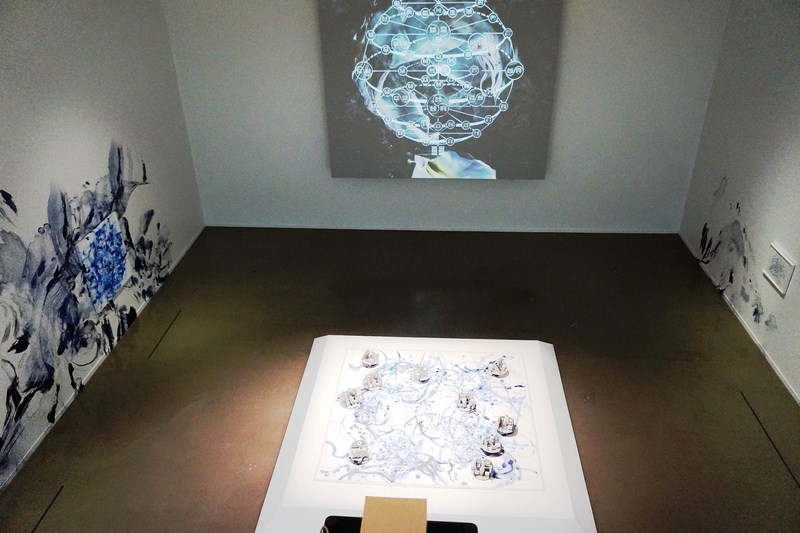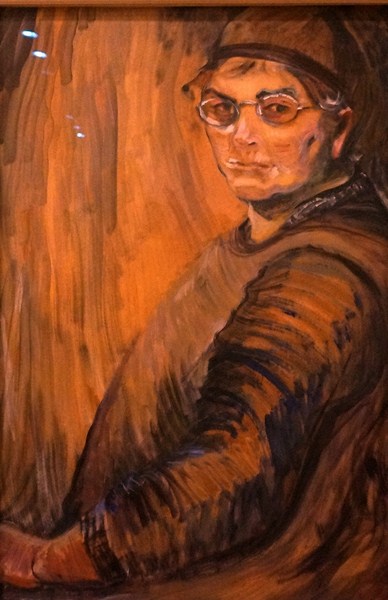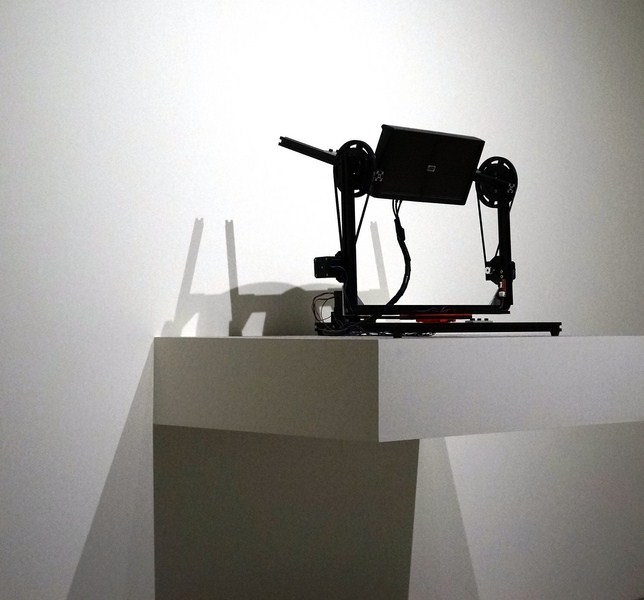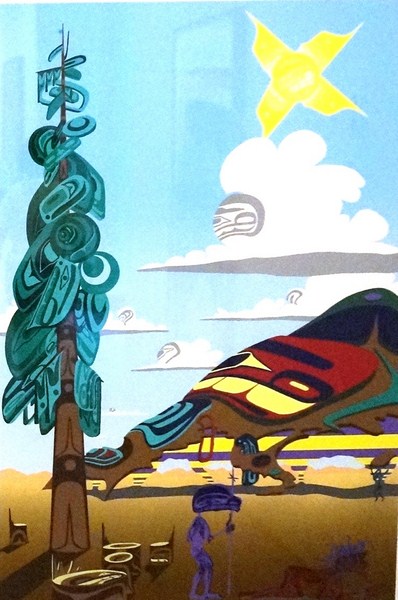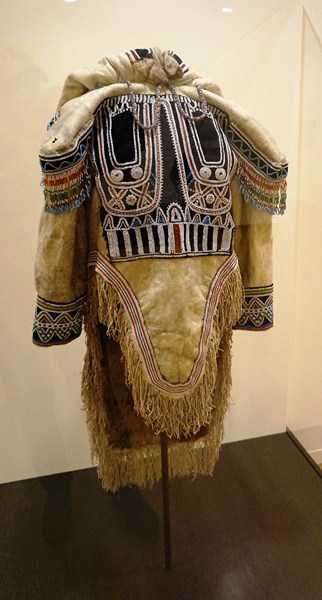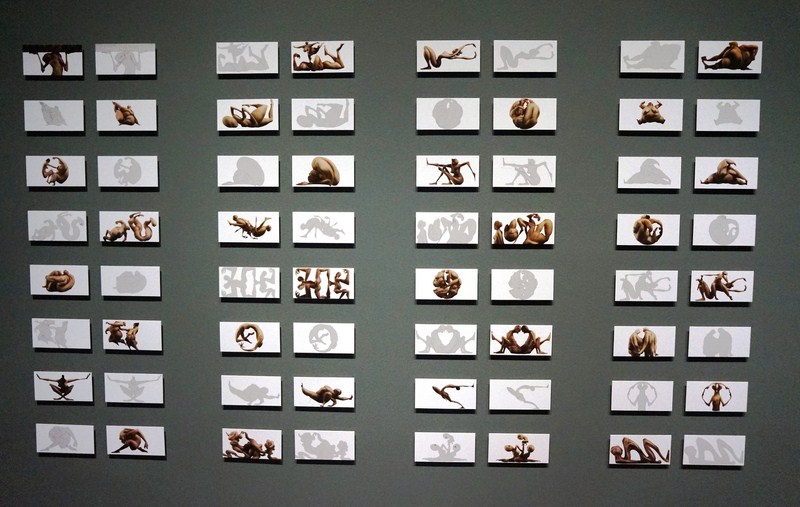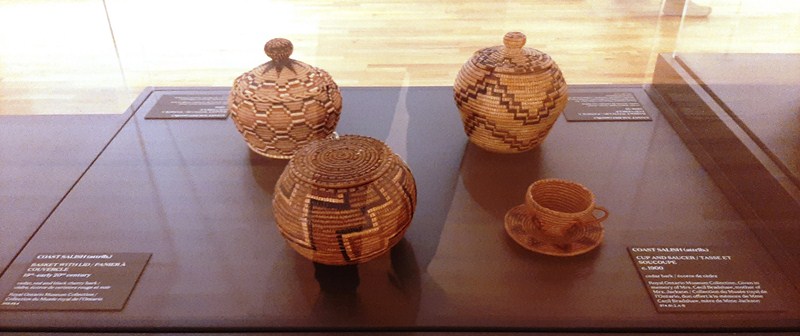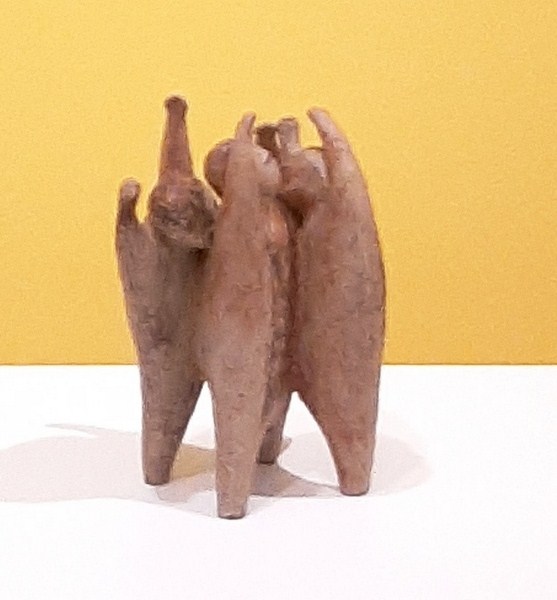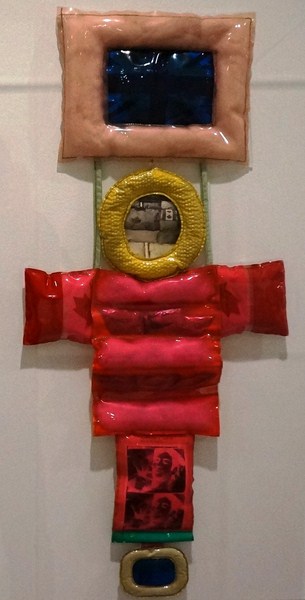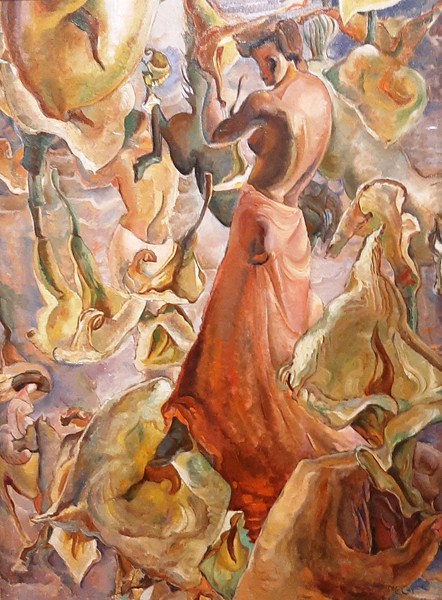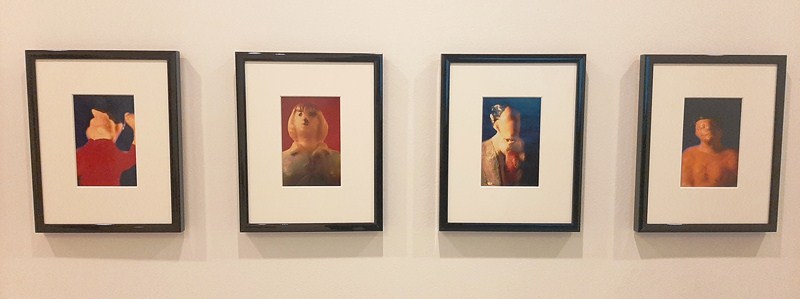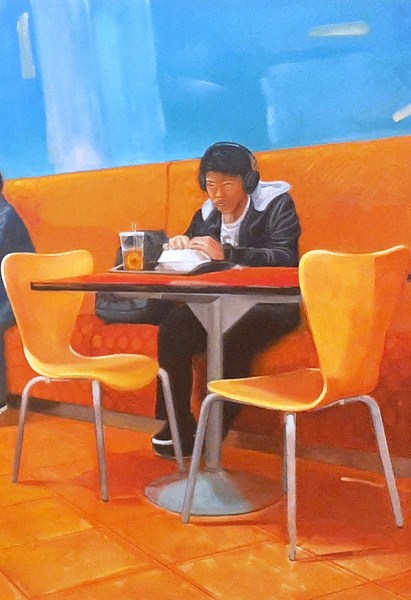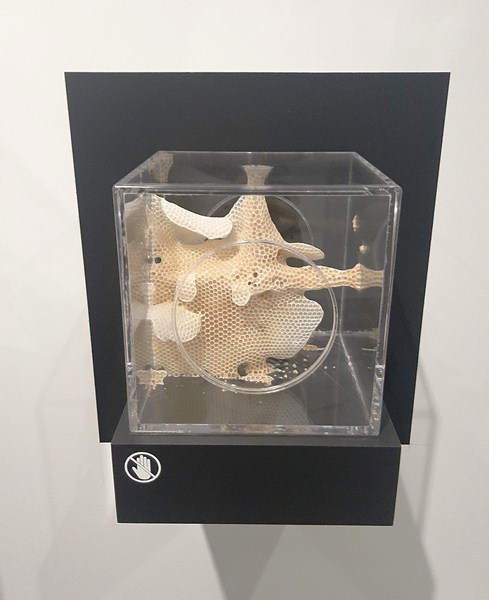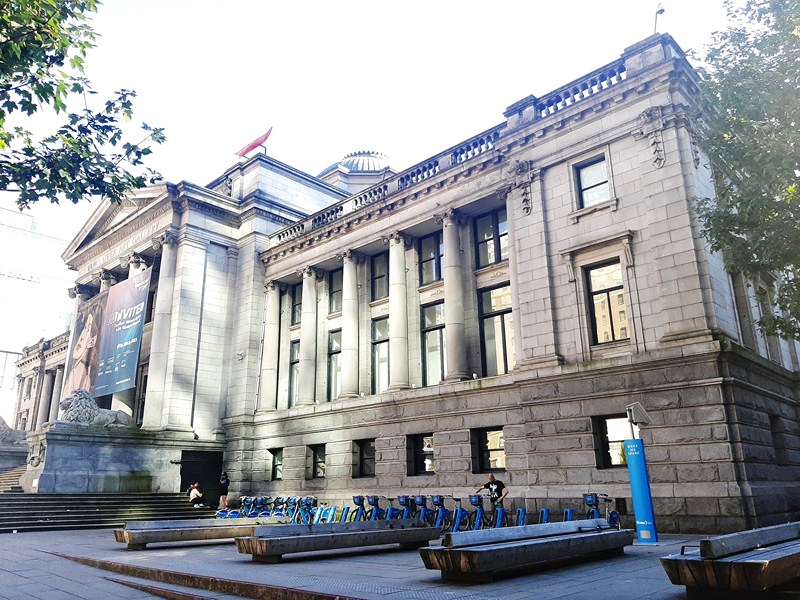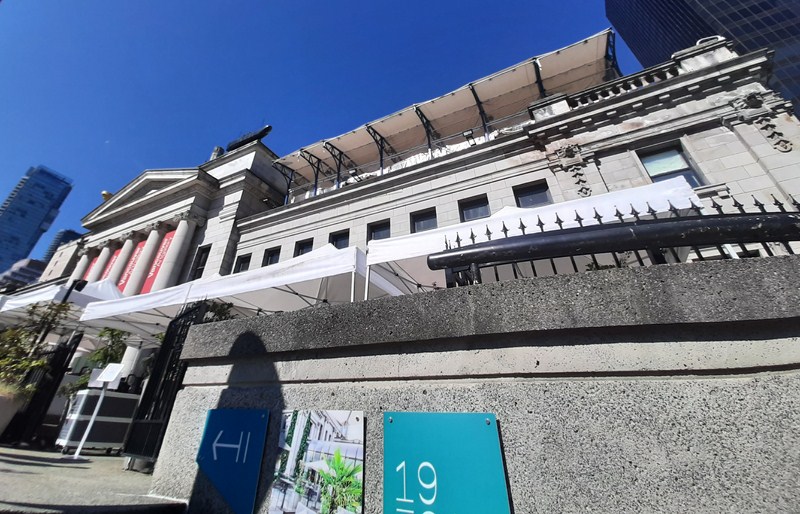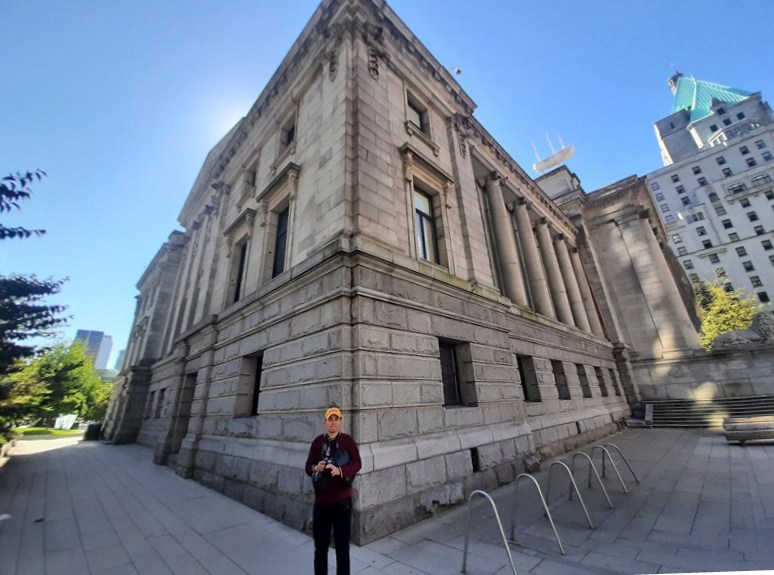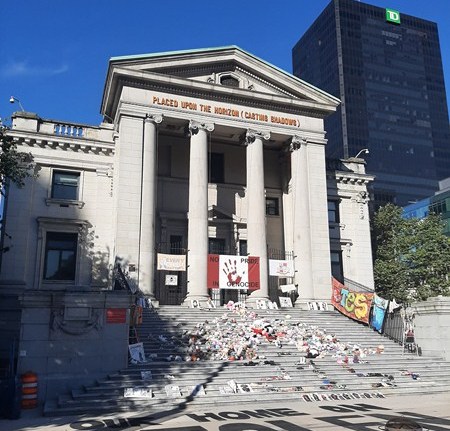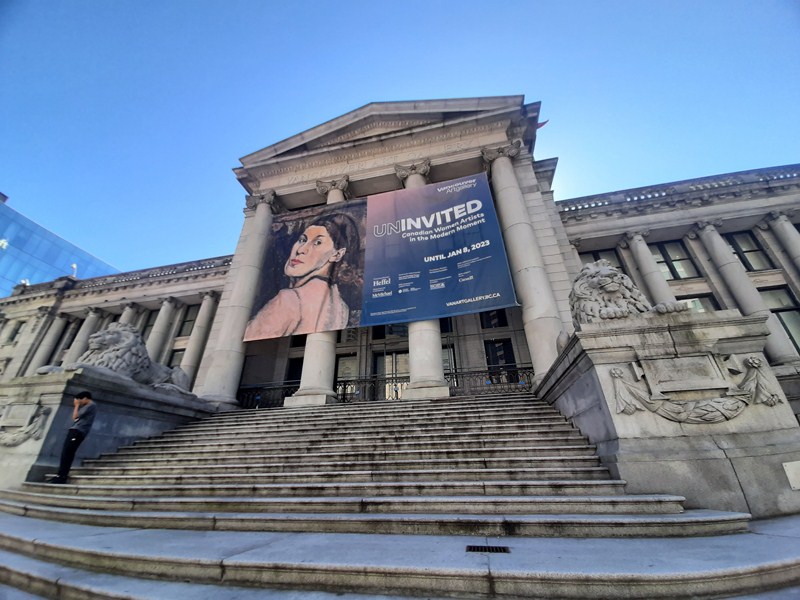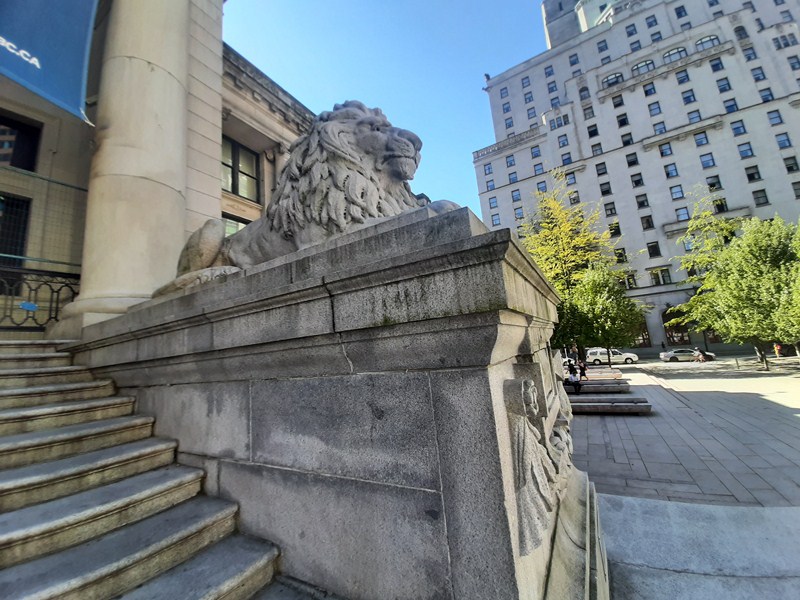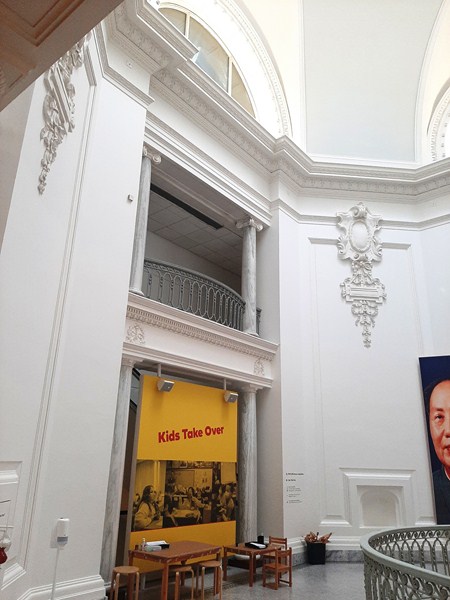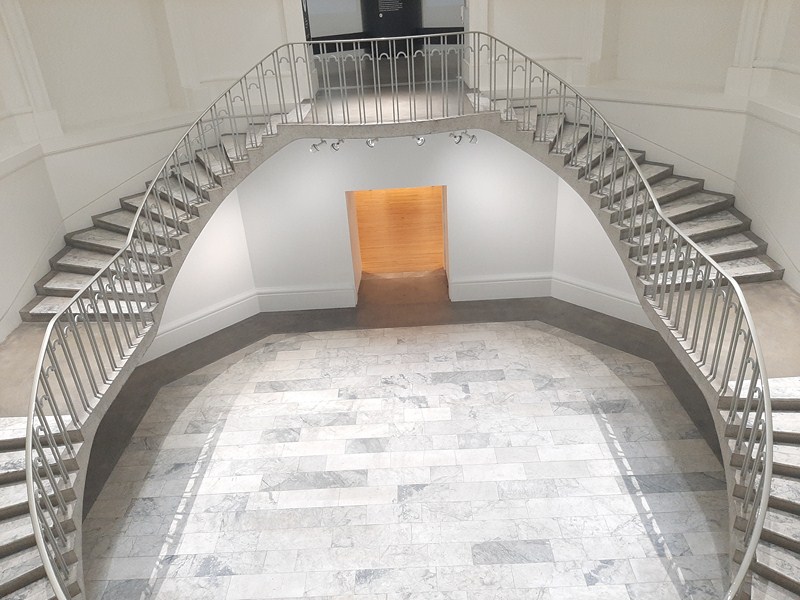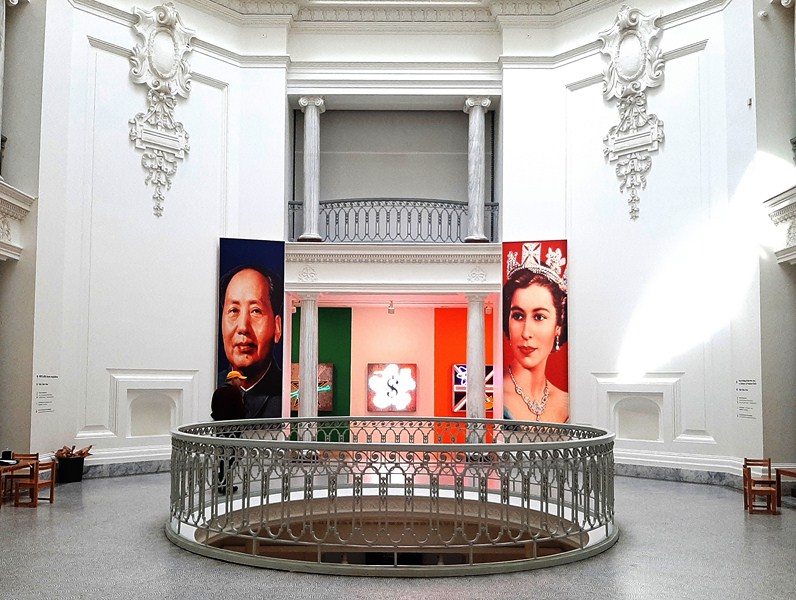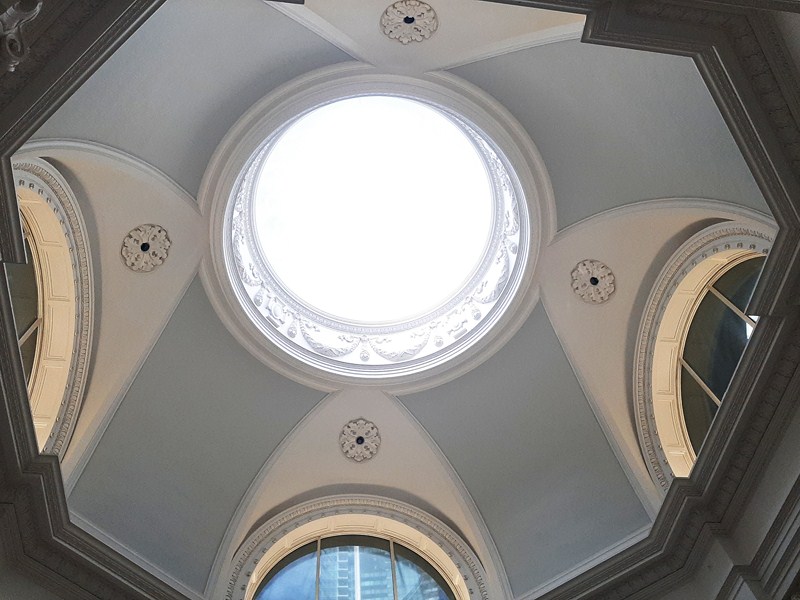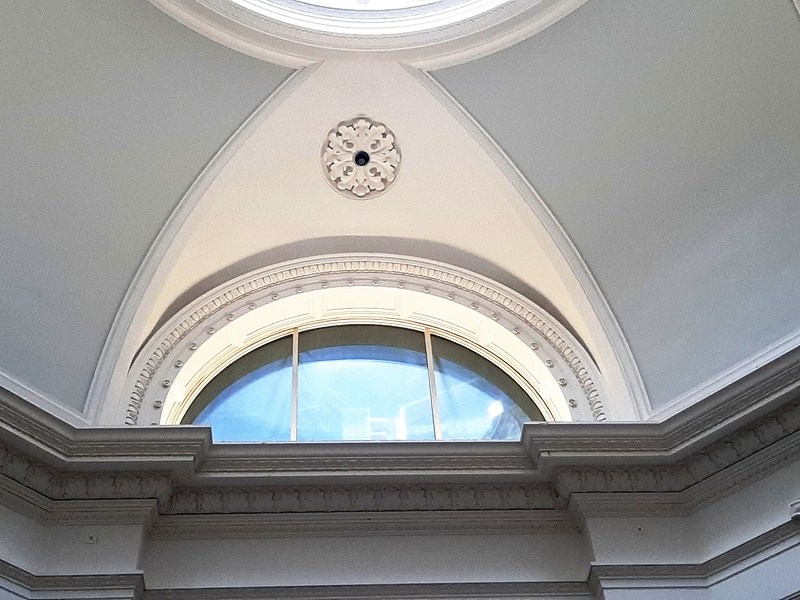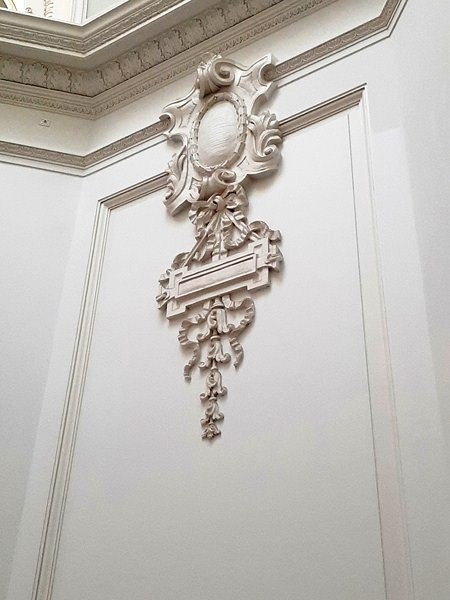The Beaty Biodiversity Museum, a natural history museum located on the campus of the University of British Columbia (UBC), lies parallel to one of the main walking routes of the university campus. This C$50-million museum, as well as the Biodiversity Research Centre, are located in the Beaty Biodiversity Centre housed in a 11,520 sq. m. (124,000 sq. ft.), four-storey building designed by Patkau Architects in 2009 and built by Scott Construction.
It formed the final side of a landscaped quadrangle created by the 2006 construction of the Aquatic Ecosystems Research Laboratory. The museum has a theater and 1,900 sq. m. (20,000 sq. ft.) of collections and exhibit space. First opened to the public on October 16, 2010, it has since received over 35,000 visitors per year.The museum was selected by Georgia Straight as among the “Best of Vancouver” for 2013.
Its collections, divided into six main sub-collections (the Cowan Tetrapod Collection, the Marine Invertebrate Collection, the Fossil Collection, the Herbarium, the Spencer Entomological Collection and the Fish Collection) and over 500 permanent exhibits, are mostly displayed in cabinet windows and shadow boxes, although a few are shown through alternative displays like in-ground “excavations” that under glass that visitors can walk on. Most items are accompanied by a description card which briefly outlines details like the species and provenance information.
The collections, including over two million specimens collected between the 1910s and the present, focus, in particular on the species of British Columbia, Yukon, and the Pacific Coast.The space also includes a “family zone,” with juvenile reading materials and a teaching collection in a Discovery Lab.
The museum was named after Ross and Trisha Beaty, UBC alumni who donated C$8 million in funding to support its creation. The Biodiversity Centre also received C$16.5 million from each of the BC Knowledge Development Fund and the Canadian Foundation for Innovation, C$3 million from the Djavad Mowafaghian Foundation, and C$6 million from the university.Dr. Wayne Maddison was the founding director was and the current director is Dr. Quentin Cronk of the Department of Botany.
Designed in the interests of sustainability, the building has a green roof and a reed water garden to reduce pollutants and improve drainage of storm water from the building. Except in some of its laboratories, the centre does not have air conditioning. Instead, through the facility’s concrete walls and by the use of sunshades on the outside of the building, the temperature level is mediated by natural ventilation.
To reduce the building’s use of electricity (which also assists in the preservation of some light-sensitive collections), natural lighting is also optimized. The centre also includes several “recycling hubs” and facilities for the composting of organic waste material.
We entered the museum through the glass-walled, two storey high Mowafaghian Atrium which, in addition to the museum’s gift shop and the Niche Cafe, houses the museum’s signature piece and most prominent display – a magnificent 26-m. (85-ft.) long skeleton of a female blue whale. Canada’s largest, it was found buried in Tignish, Prince Edward Island. Suspended over a descending ramp by which the main collections are accessed, the display is a “see-through box” whose façade windows have “steel mesh brises-soleils.”
The largest skeleton exhibit in the world suspended without external framework for support, it is one of only 21 blue whale skeletons on public display worldwide. A Discovery Channel documentary, called Raising Big Blue, was first aired in Canada on June 5, 2011 and is frequently screened at the museum’s Allan Yap Theater. It featured the process of recovering, transporting and displaying the whale. Scout Magazine included the museum’s blue whale exhibit in list of “1,000 Cool Things about Vancouver.”
The Cowan Tetrapod Collection, founded in 1943, was named after Dr. Ian McTaggart-Cowan (its first curator). Originally named the “Cowan Vertebrate Museum,” it is the second largest collection of birds, mammals, reptiles and amphibians in British Columbia.
Combining several pre-existing collections including the K. Racey Collection (over 4,200 birds and mammals), the zoological collections of W.S. Maguire and J. Wynne and the HR Macmillan ornithological collection, it contains over 40,000 items,over 39,000 items of which have been indexed in VertNet, a “collaborative project funded by the National Science Foundation that aims to make biodiversity data free and openly accessible on the web from publishers worldwide.”
They represent over 2,500 species of vertebrates – 18,000 mammals from 540 species, 17,500 birds and 7,000 bird eggs, and 1,600 reptiles and amphibians. The collection holds extensive, representative samples of nearly all species and most subspecies of British Columbia‘s terrestrial vertebrates and marine mammals.
The collection includes older specimens dating back to 1849, as well as rare specimens such as the red panda, the endangered Vancouver Island marmot, and even extinct species such as the passenger pigeon. Although mainly used for research, the collection also holds teaching specimens used by educators, artists, and others throughout the Lower Mainland.
The Marine Invertebrate Collection, started in the 1940s with alcohol-preserved specimens collected by Dr. C. McLean Fraser and Dr. Ian McTaggart Cowan, was primarily used for teaching purposes and eventually grew to several thousand specimens encompassing the major lineages of invertebrate animals.
In 2006, due to the donation of the Alice Stein collection (consisting of thousands of shells and corals) by Kelly Norton, the collection was expanded and, in the following year, was further expanded with a large donation of shells from Evelyn Hebb Killiam.
Both donations, representing mostly tropical species, include some spectacular examples of global marine biodiversity, such as giant clams and some rare species of cowries. Items in the collection, not yet been fully catalogued, represent the “major lineages of animals” and include cnidarians, mollusks, annelids, echinoderms, crustaceans, and sponges.
The Fossil Collection, part of the Pacific Museum of Earth, Department of Earth, Ocean and Atmospheric Sciences, UBC,was began by Dr. Merton Yarwood Williams (co-founder of the UBC Department of Geology) in 1924. An initial acquisition of specimens from local mining engineer William John Sutton was exhibited in the Geological Sciences Centre beginning in 1971 and was curated by Joe Nagel (curator from 1971 to 1995).
However, due to financial constraints, the exhibit was closed in 1995. In 2003, the collection became part of the holdings of the Pacific Museum of the Earth but, during its recataloguing process, is being housed in the Beaty Biodiversity Museum.
Comprising over 20,000 items, the Fossil Collection, is highlighted by its stromatolites (rock formations consisting of blue-green algae dating back 500 million years, some of the oldest extant fossils) and examples of the Burgess Shale. In 2018, the museum added, to its permanent exhibitions, 3 casts of early Cretaceous Period dinosaur trackways from Peace Region area of British Columbia.
The Herbarium, the largest in Canada west of Ottawa, contains more than 650,000 specimens which are used to help researchers identify the plants, describe new species, and track changes in diversity over time. Among the Herbarium’s holdings are 498 type specimens.
Among the oldest collections at UBC, it was established in 1912 by John Davidson (at that time the BC provincial botanist) whose collection of mostly vascular plants was housed in downtown Vancouver at the Botanical Offices on West Pender Street (relocated to the university campus in 1925). This collection is critical to the identification, monitoring, and conservation of plant biodiversity in British Columbia, and is an important resource for scientific research and education.
It has five major collections. The first, vascular plants of British Columbia (flowering plants, conifers, ferns, and their relatives) as well as Hawaiian plants, tropical prayer plants, and cyanolichens, comprises 223,000 vascular plants and their relatives. Two-thirds of the vascular plants collection is Canadian (45% from British Columbia and 22% from other provinces and territories) while 16% are American (9% from Hawaii and the Pacific coast and 7% from the other states) and 17% from other countries.
The second collection, the most comprehensive of any herbarium, particularly in its coverage of the northeast Pacific Ocean species, consists of 85,000 macroscopic algae (mostly seaweeds). The third collection, of 242,000 internationally recognized bryophytes (mosses, liverworts and hornworts), is the largest in Canada.
The fourth collection, of 16,000 fungi, includes the largest research collection of macrofungi of British Columbia. The last collection, of 40,000 lichens , is among the largest in western North America.
The Spencer Entomological Collection, the second-largest entomological collection in western Canada, was begun by Dr. George Spencer (1888-1966) in the 1920s. Including specimens from as early as the 1830s, it was not a university-recognized collection at the time of its creation but, by the time of Spencer’s retirement in 1958, it comprised over 300,000 items.
In 1953, it was officially founded as a university collection. In 1958, Dr. G.G.E. Scudder assumed the curatorship of the collection and, in his 40 years in that role (from 1958 to 1999), doubled the size of the collection.
Now comprising over 600,000 items (over 500,000 pinned insects, 25,000 on slides, and 75,000 in alcohol), the collection, a number of which have not yet been indexed, focuses on the spectacular insect diversity of British Columbia and Yukon. In 2003, Dr. Wayne Maddison became the collection’s director and he enlarged the collection of jumping spiders into one of the world’s best through field work in tropical and temperate regions.
The collection has “particularly strong holdings of Hemiptera (true bugs), Odonata (dragonflies and damselflies), Siphonaptera (fleas) and Anoplura and Mallophaga (lice).” It also includes 350 books and other printed materials relevant to the study of entomology.
There are also numerous holotype specimens, such as the plant hopper Achrotile distincta, which Dr. Scudder discovered in 1959 in the Cariboo-Chilcotin and described as a new species in 1963. It also holds historical specimens of species that have disappeared from the province, such as the Limenitis archippus (viceroy butterfly), last collected in Lillooet in 1930.
The Fish Collection, begun by Dr. C. McLean Fraser, the first head of UBC’s Department of Zoology, the third largest fish collection in Canada. It holds over 850,000 specimens, over 2,300 of which are included in FishBase, a web-based global fish relational database containing information on practically all fish known to science. The first to index the museum’s collection, FishBase is supported by a research consortium that includes the UBC Fisheries Centre.
They include whole fish stored in alcohol, skeletons, cleared and stained fish, fish X-rays and over 50,000 DNA and tissue samples, with particular strengths in freshwater and nearshore marine species. Locations covered include Canada, the Aleutians, the Malay Archipelago, Mexico, the Galapagos Islands, Panama, and the Amazon River Basin.
Some specimens date back as far as 1904, but cataloguing didn’t begin until 1945. Used in conservation efforts, environmental assessments, and numerous research projects, particularly by the Native Fishes Research Group, the collection has also served as an educational resource in training some of Canada’s leading fish biologists. Dr. Murray Newman was the collection’s first curator and Dr. Wilbur Clemens, G.V. Wilby, Dr. Casimir Lindsey, Dr. Norman Wilimovsky, and Dr. J. Donald McPhail each, over the decades, greatly expanded the collections.
The collection holds 11 holotype specimens (original specimens that were used to describe new species) as well as representatives of pairs of stickleback species, what may be the youngest fish species on Earth, that evolved only recently in British Columbia’s lakes. The collection has been used in environmental assessments, conservation efforts, and numerous research projects, as well as in educating and training some of Canada’s leading fish biologists. Its specimens have also been used to document regime shifts in the Bering Sea, the formation of new species, and the extinction of others.
Beaty Biodiversity Museum: 2212 Main Mall, Point Grey, University of British Columbia V6T 1Z4, Vancouver, British Columbia. Tel: 604-827-4955. Fax: 604-822-0686. Open Tuesdays to Sundays, 10 AM – 5 PM. Admission: C$14 (regular), C$30-45 (Family) and free (students, staff and faculty). E-mail: info@beatymuseum.ubc.ca. Website:
www.beatymuseum.ubc.ca. Coordinates: 49.2636°N 123.2514°W




